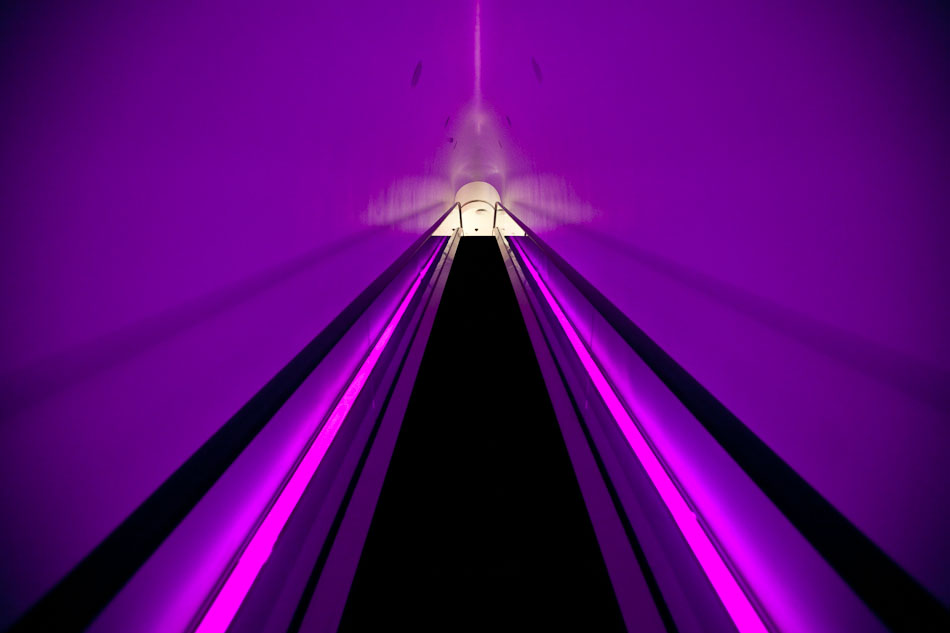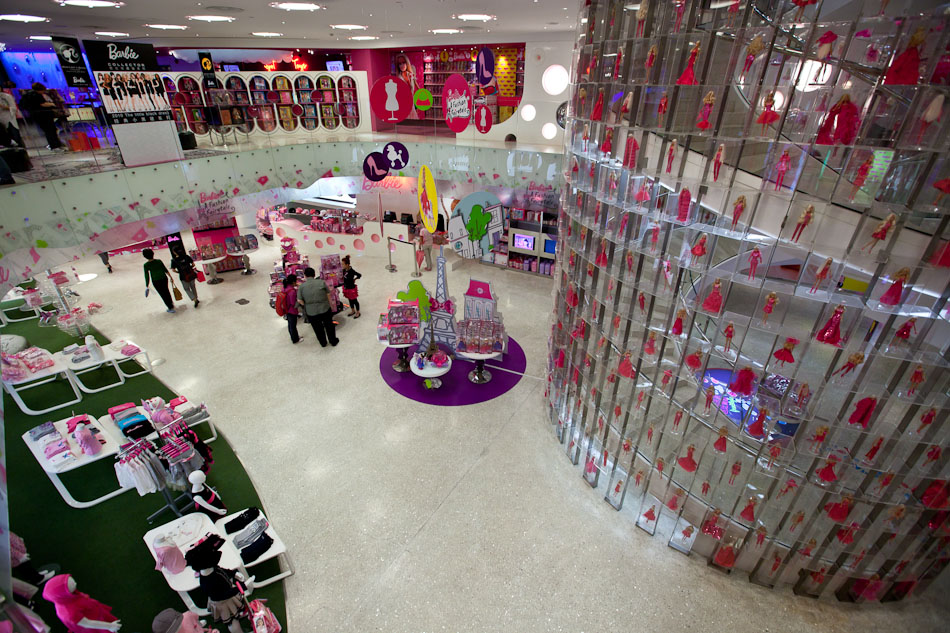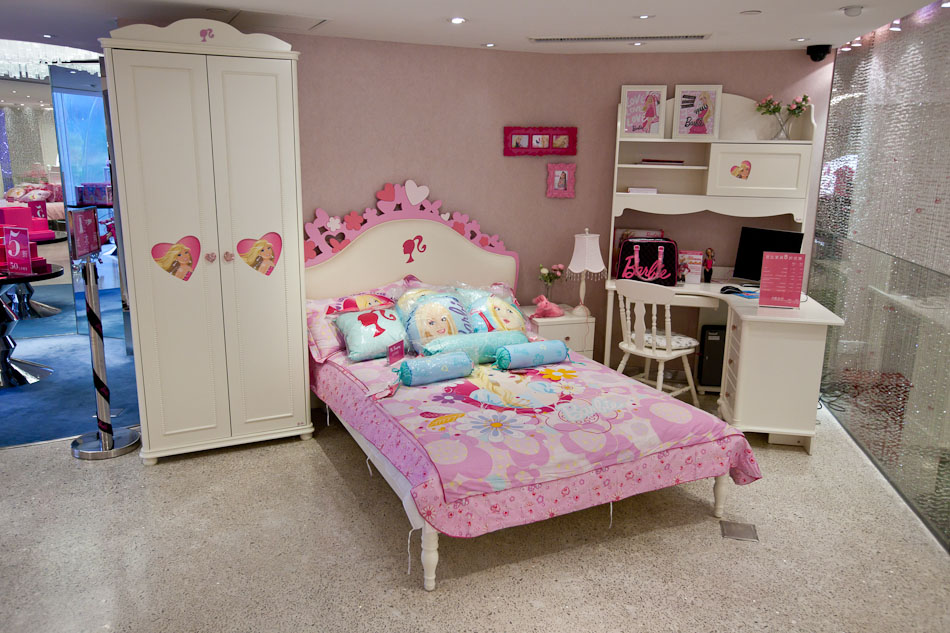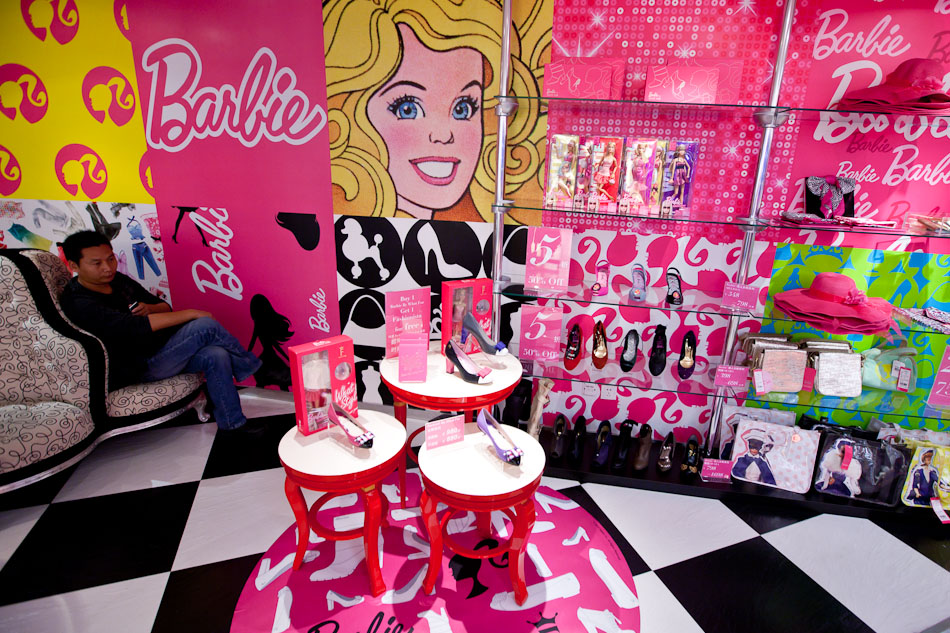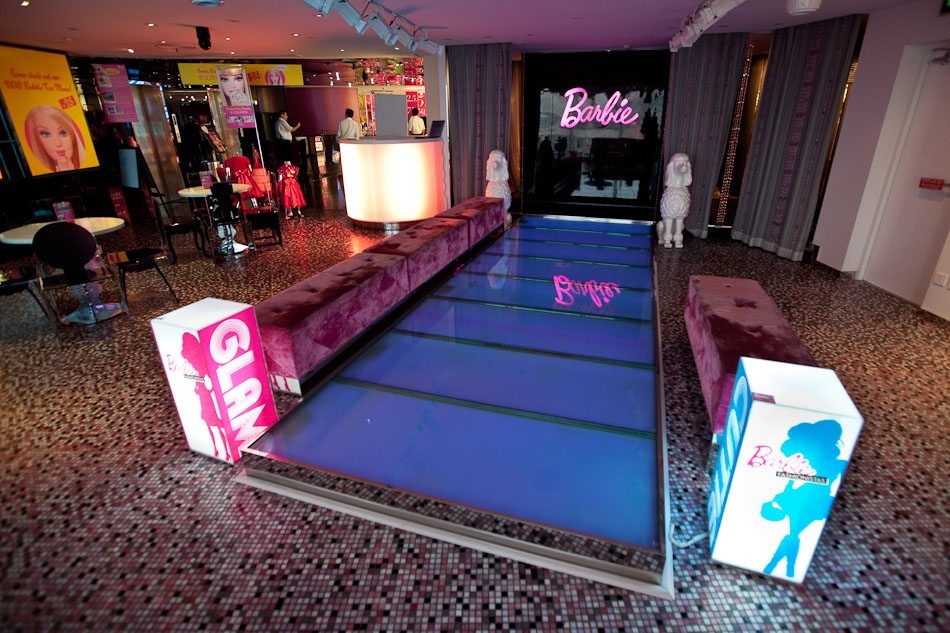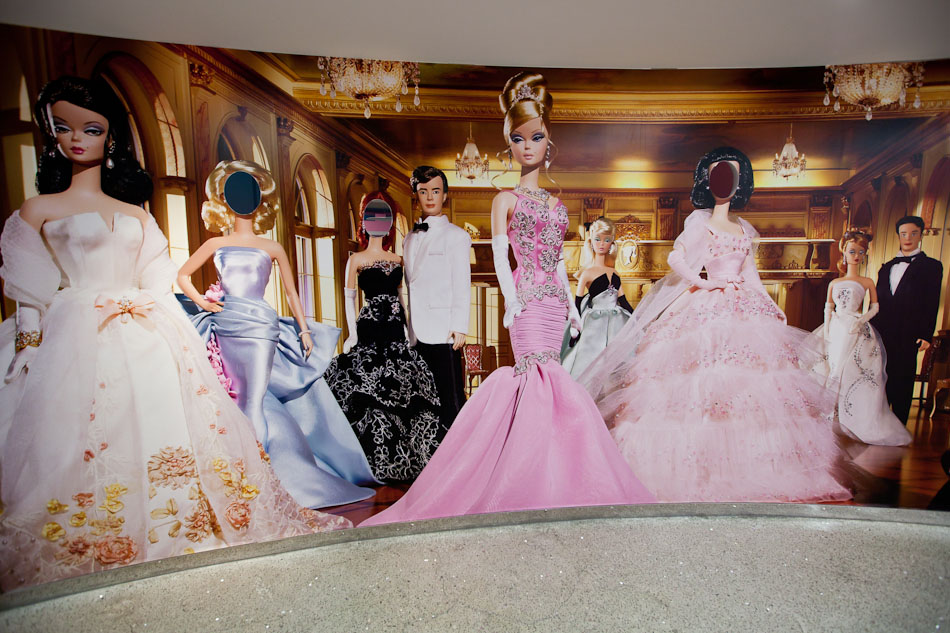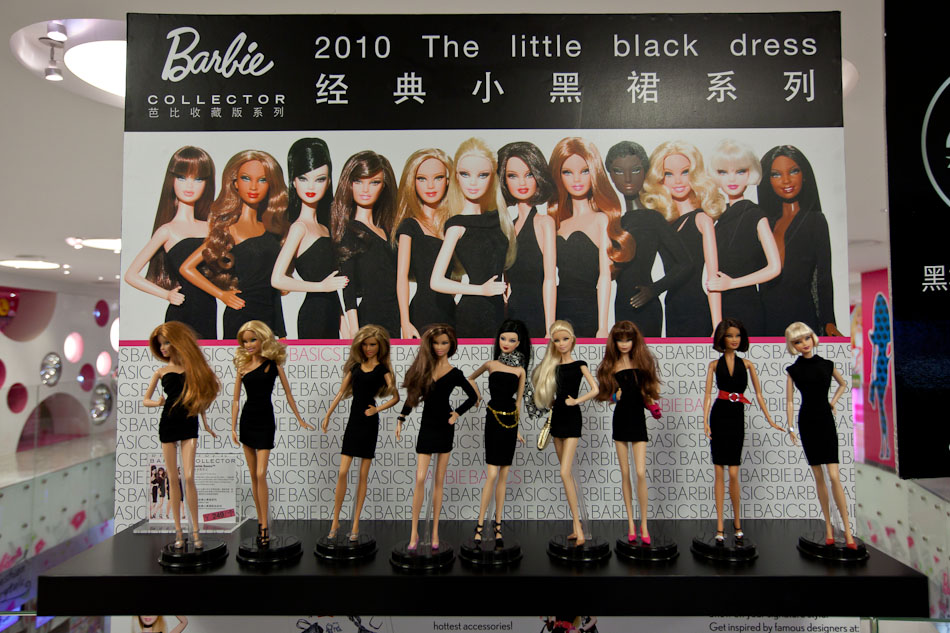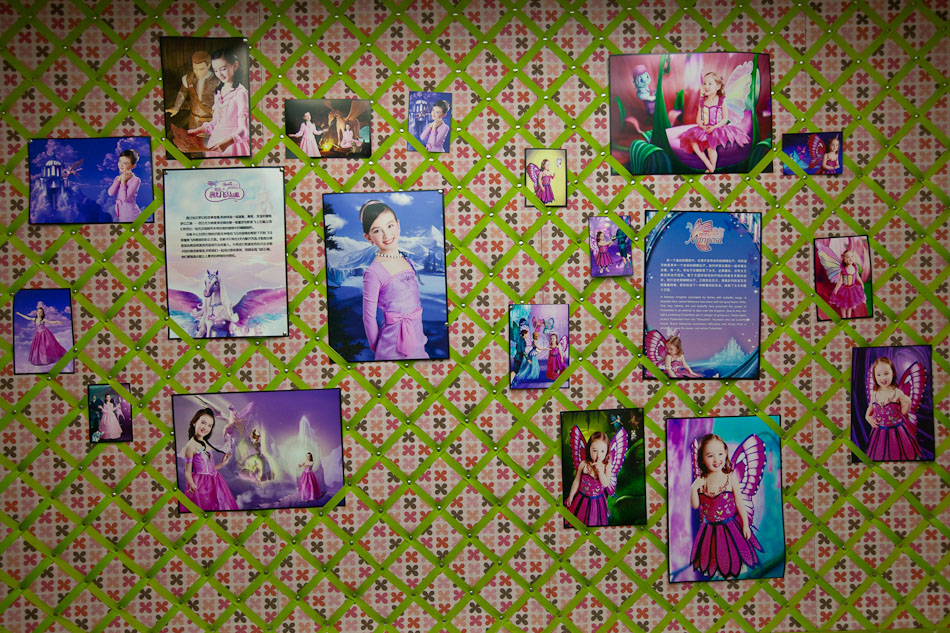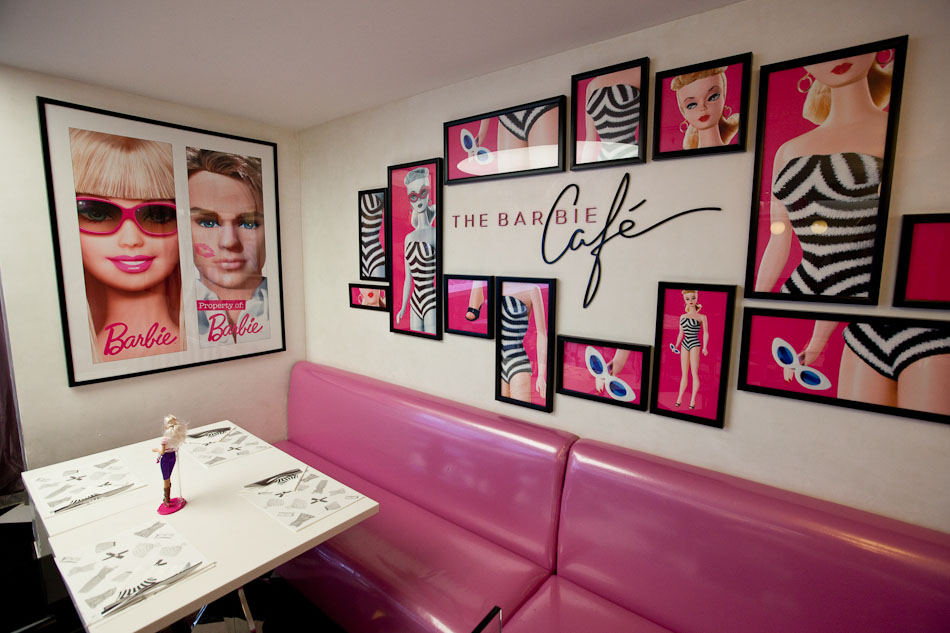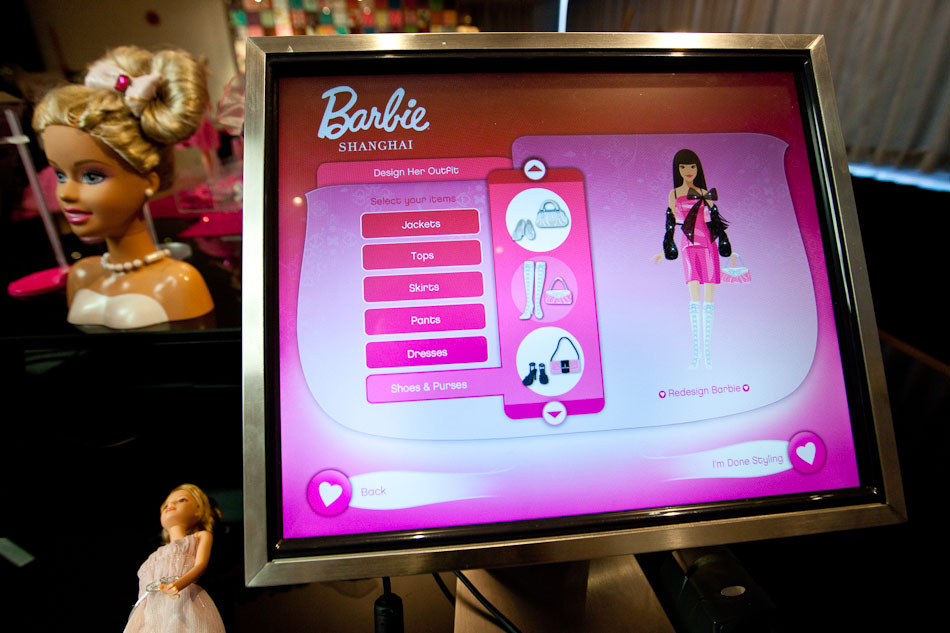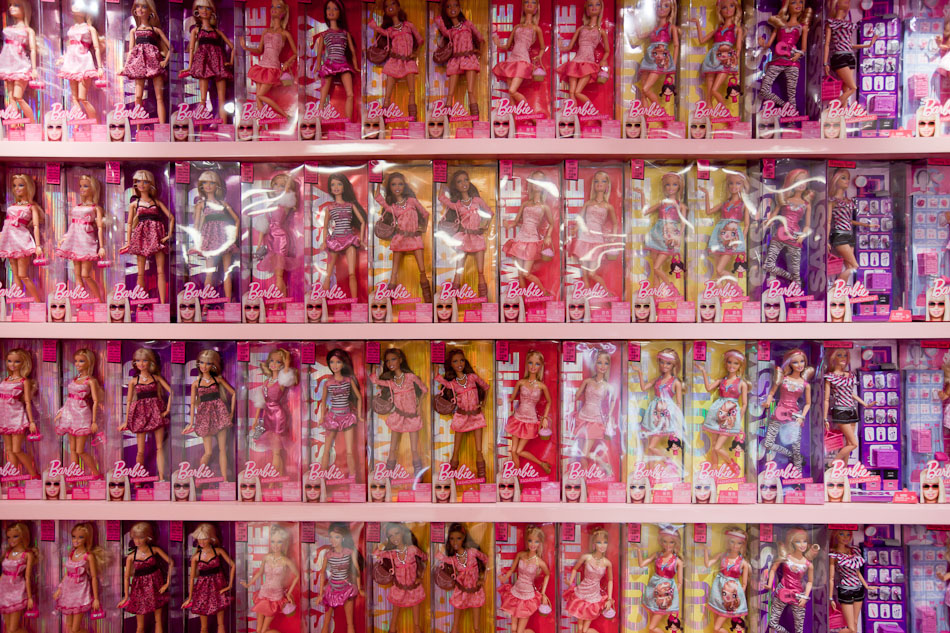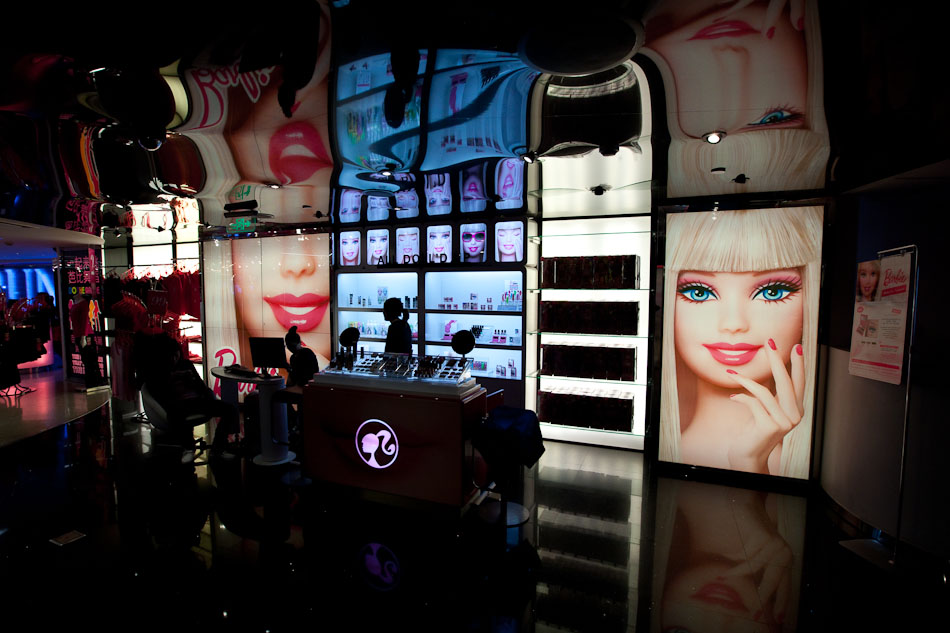Oct 7, 2011 | Counterfeit Paradises, Development, Society
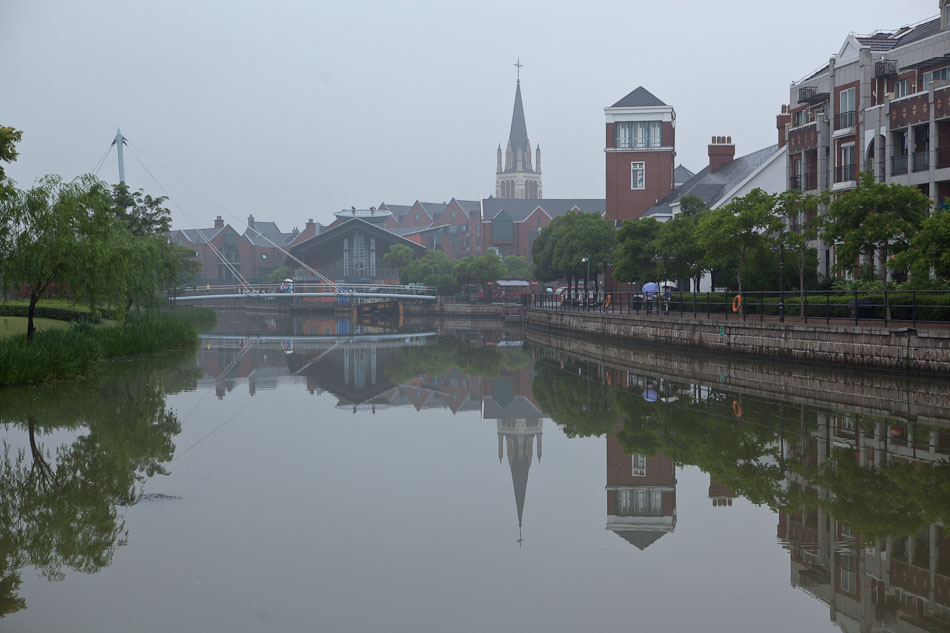
This place is well documented, but fits into my Counterfeit Paradises series as Shanghai remains one of the fastest growing cities on the planet. In order to keep up with demand, the municipal government must supply housing for up to 400,000 new residents every year. In an effort to provide a bit of flash and diversity to the monotony of Chinese urban sprawl, developers broke ground on Songjiang New City which included nine satellite villages utilizing design elements from various European countries. Thames Town, modeled after quaint English hamlets, was the centerpiece and eventually the largest debacle after failing to attract permanent residents. The English-themed restaurants and stores remain shuttered while the streets only see the passing of young couples posing for wedding photographs. Far from the hustle and bustle of downtown Shanghai, the Thames Town Church seems poised to continue without a congregation for the foreseeable future.
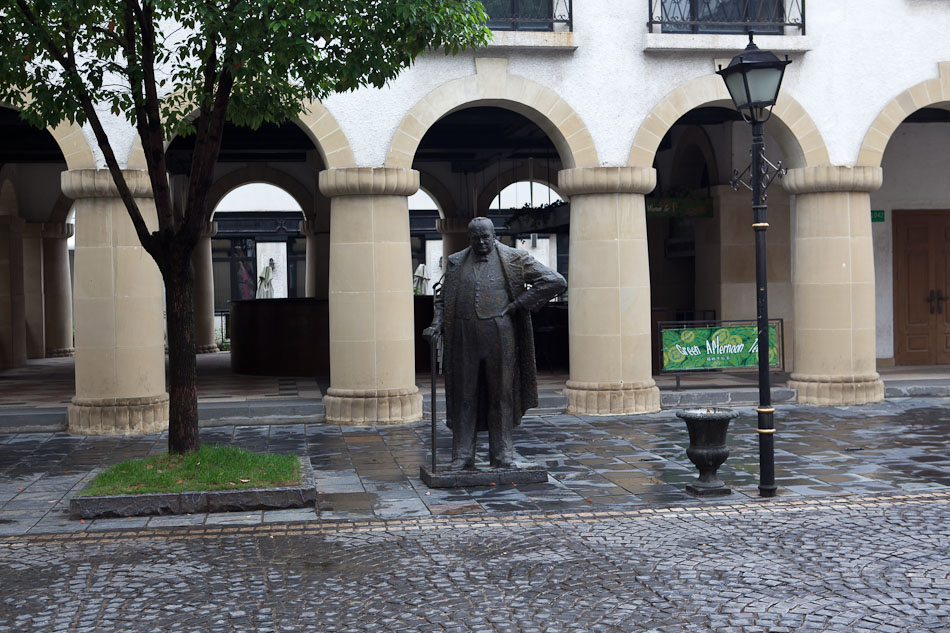

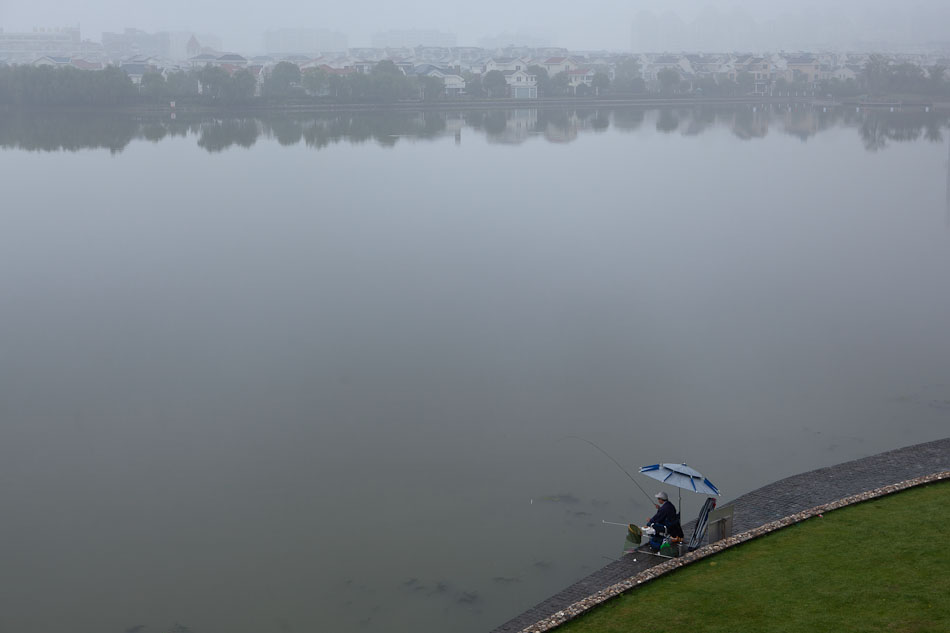
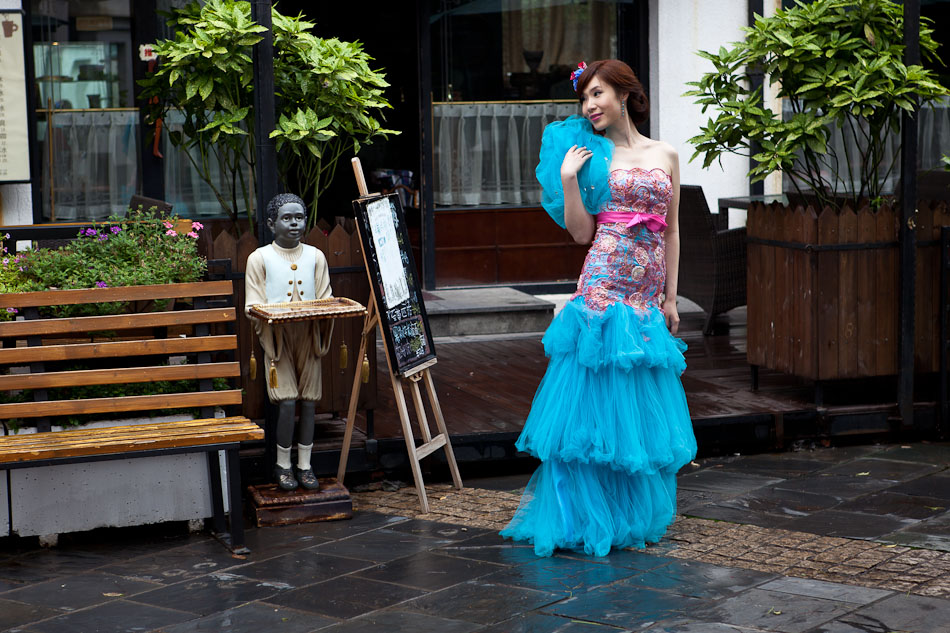

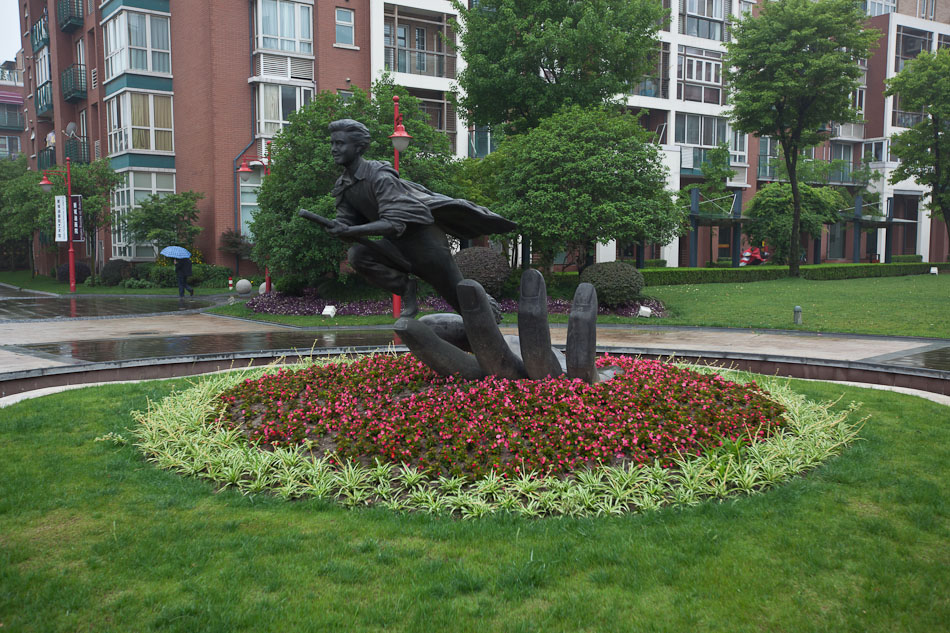
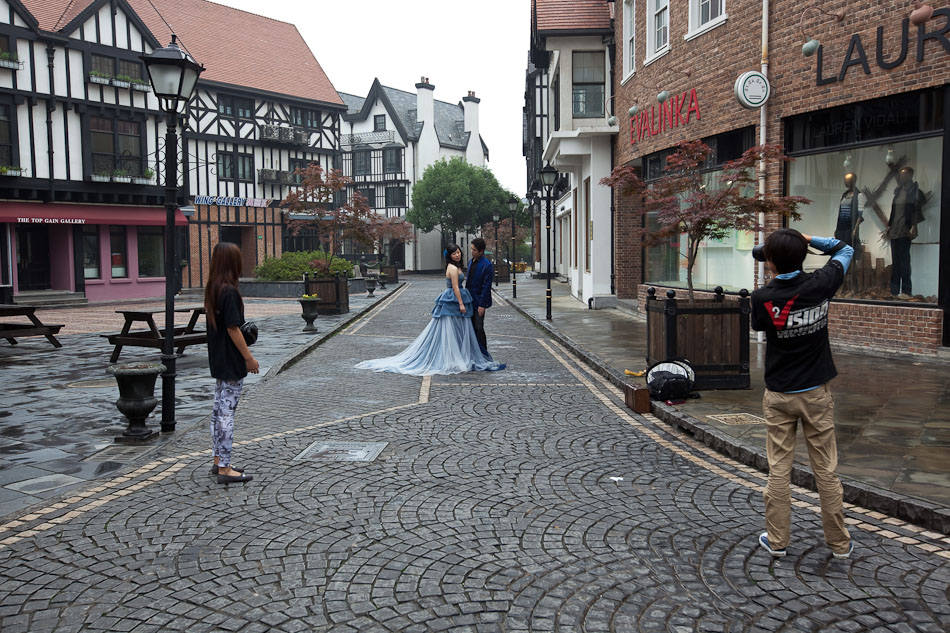
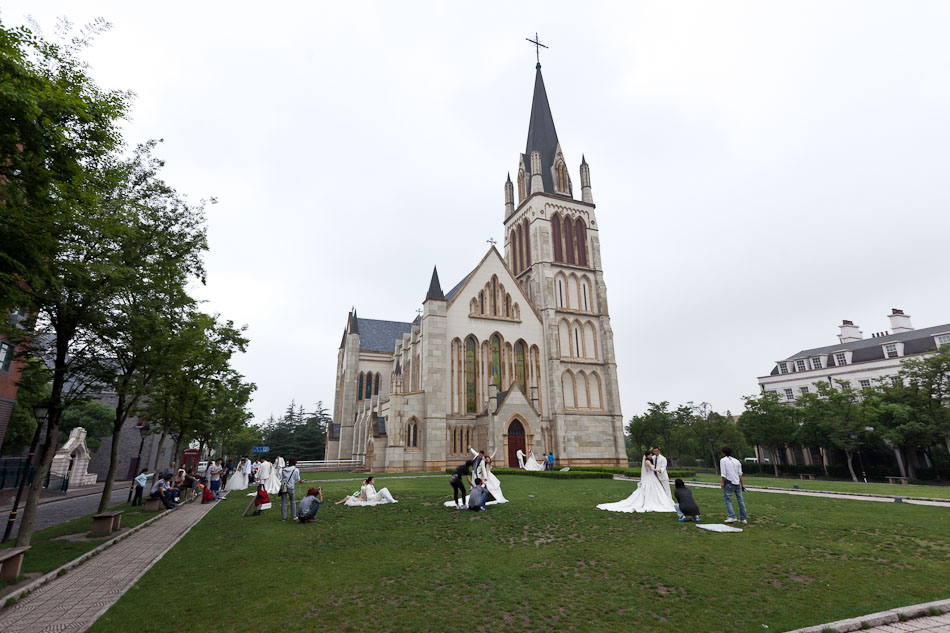

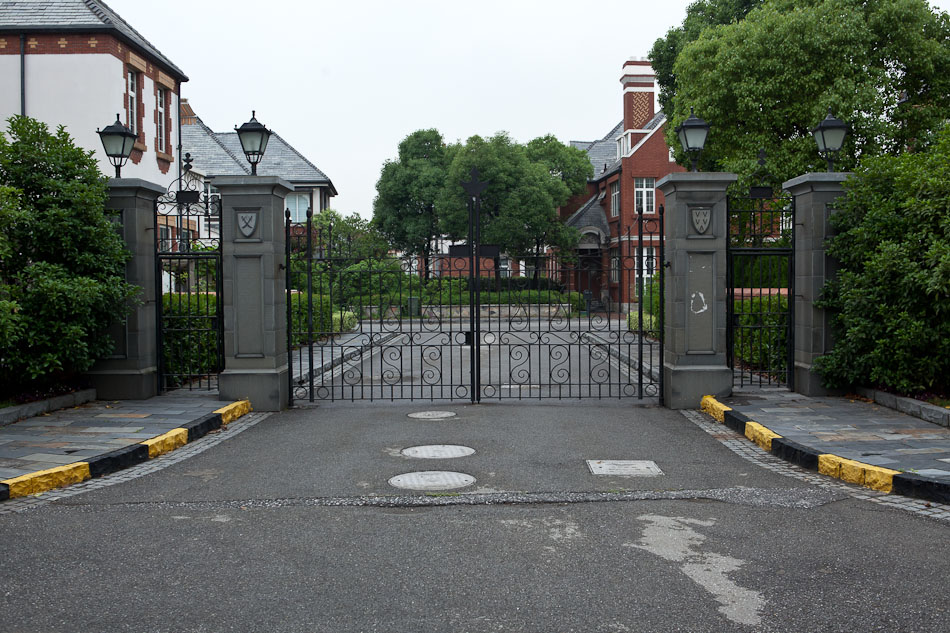
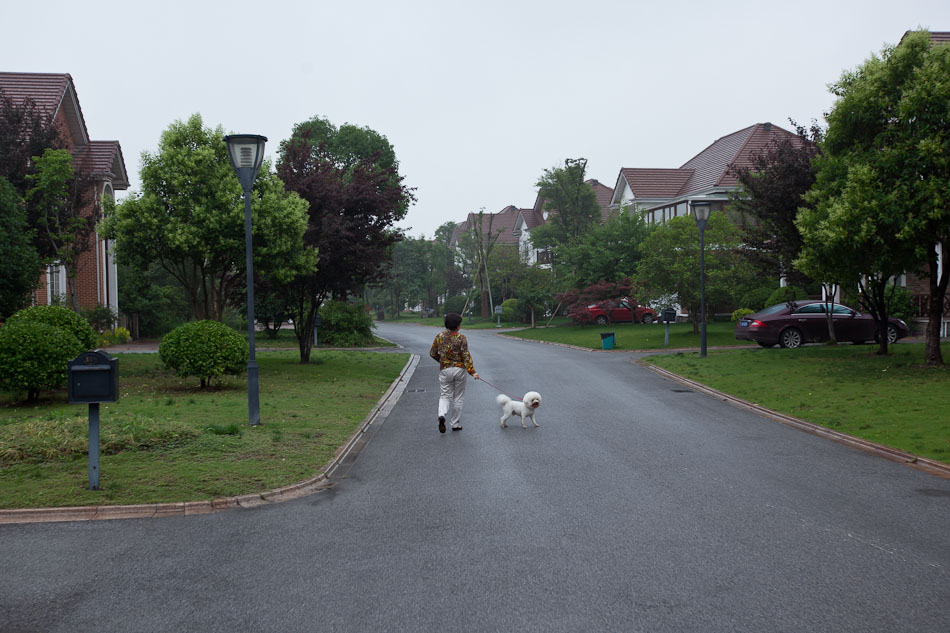

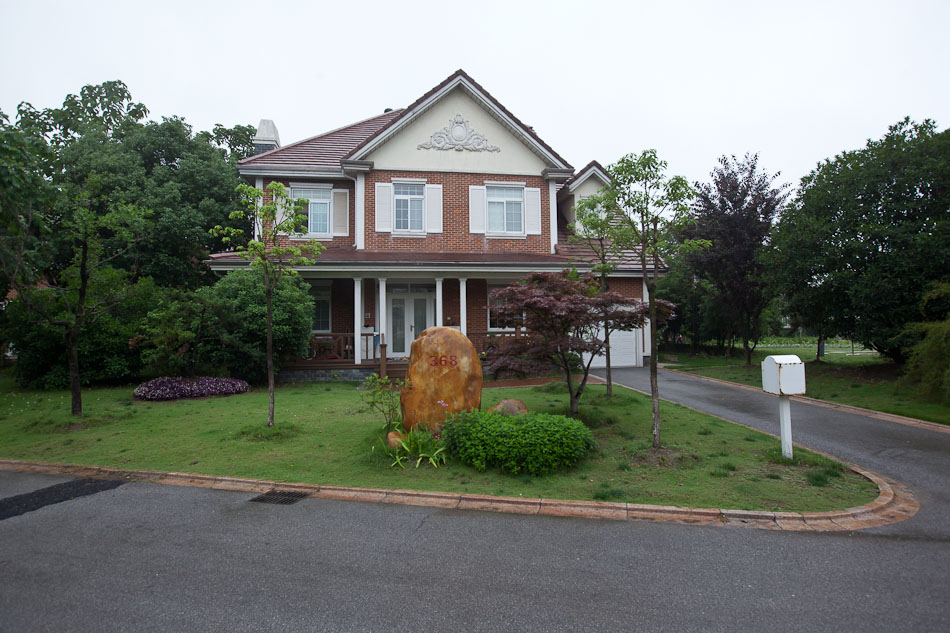

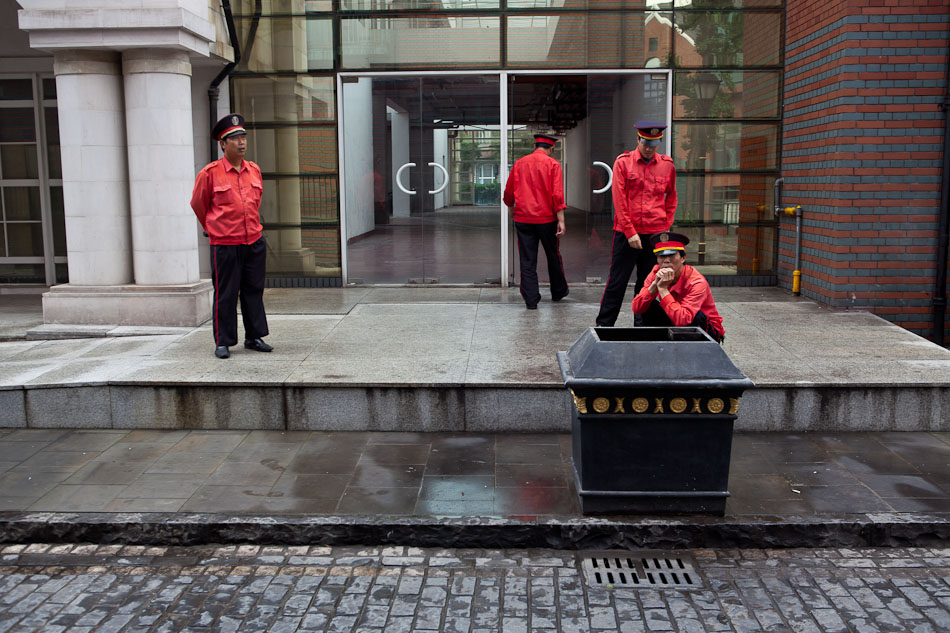
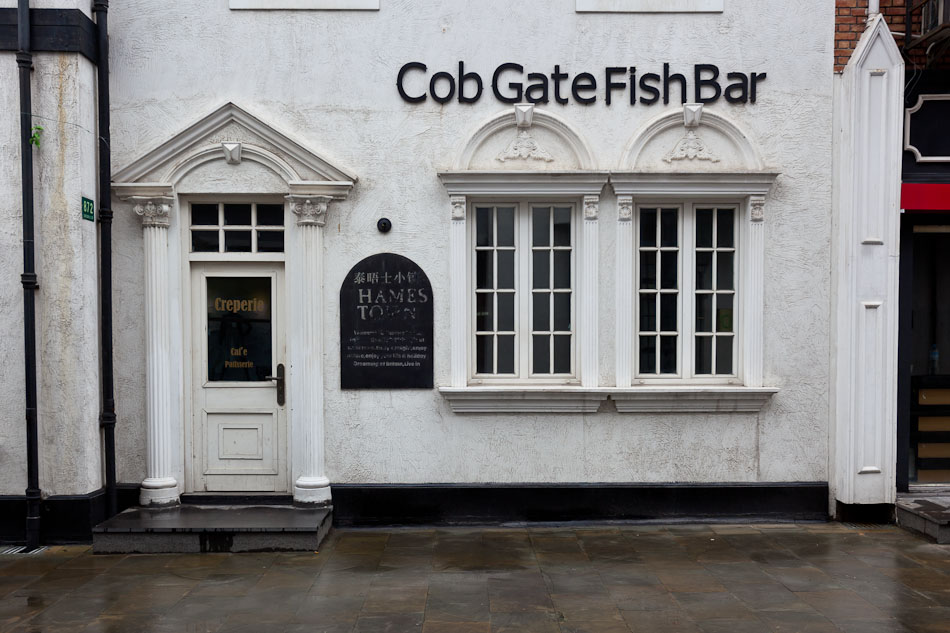
Sep 16, 2011 | Counterfeit Paradises, Society, Travel
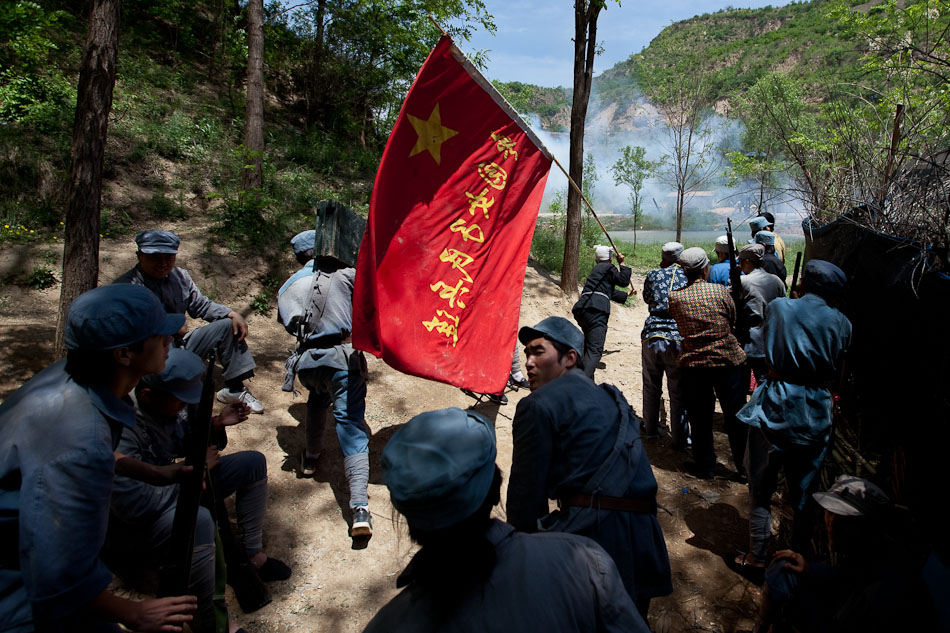
As the Chinese Communist Party celebrates it’s 90th anniversary this year, nationalistic tourists are flocking in droves to communist heritage sites across China. Shaoshan, the birthplace of Mao Zedong, and Yan’an, the cradle of the Chinese Revolution where the Long March ended, now cater to millions of tourists every year. This is going to be the first of a series of posts detailing the bourgeois leisure practices of these nouveau riche pilgrims who possess expectations and consumer desires that seem at odd with the core ideologies of the founding fathers of the Chinese Revolution. The most elaborate attraction in the country is the extremely popular “The Defense of Yan’an” battle reenactment. This spectacle became all the rage thanks to a special twist: for an extra fee observers can don soldier fatigues and participate in the fray. Not only can you observe a pseudo-historical reenactment that spends an inordinate amount of time praising the leadership of Mao, vilifying the KMT and demonstrating the harmonious integration of Shaanxi folk life with communist principles, but you can also tote around guns, get close to the explosions and run wildly around a makeshift village in the name of celebrating revolutionary heritage. The theater of history plays out every afternoon with extra matinees on weekends.
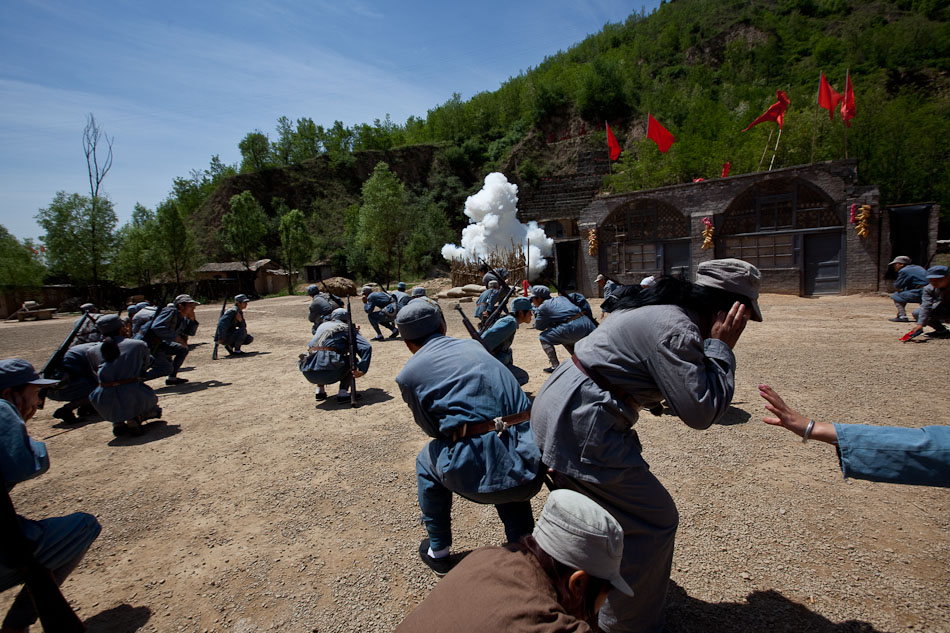
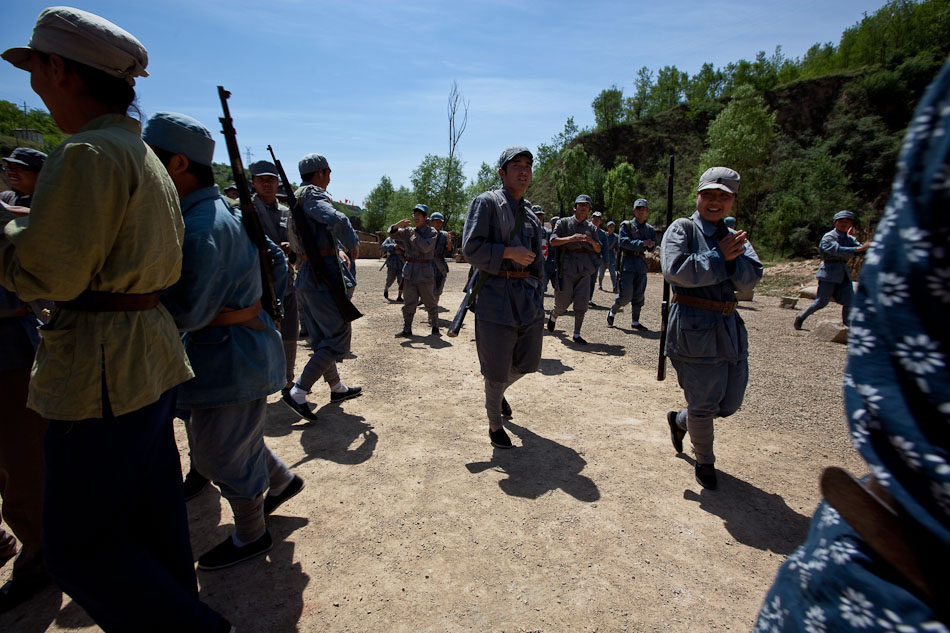
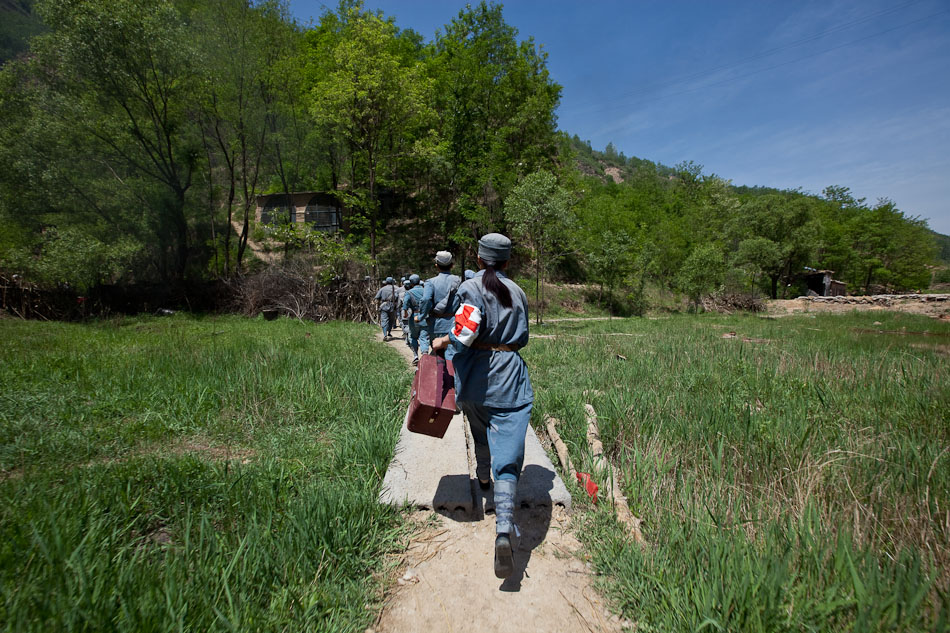
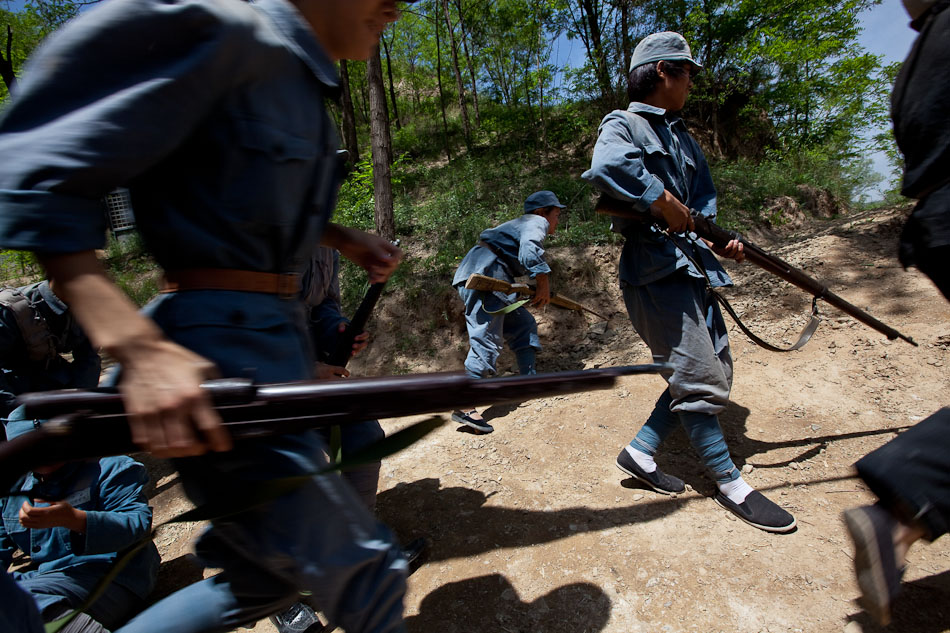

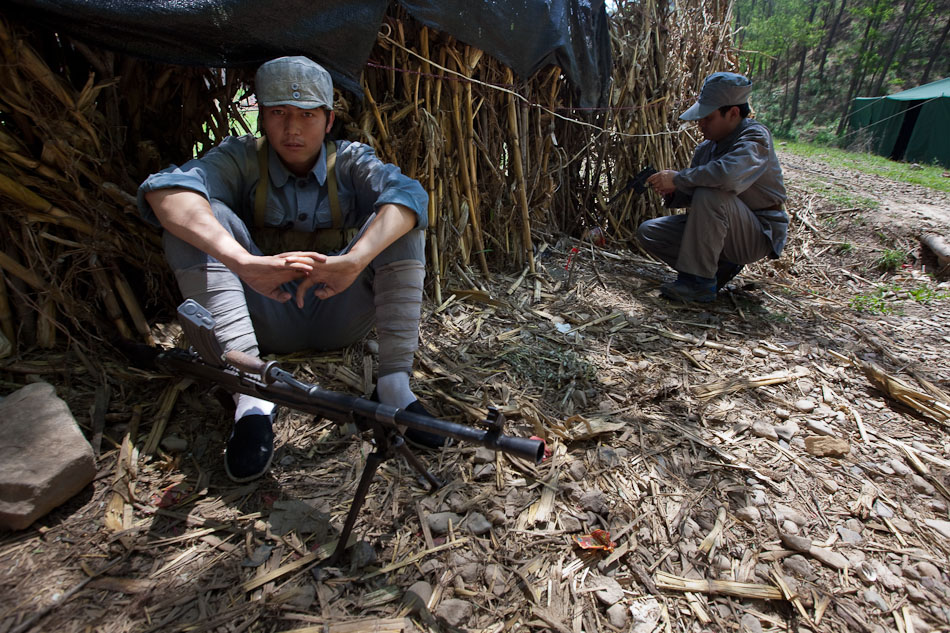
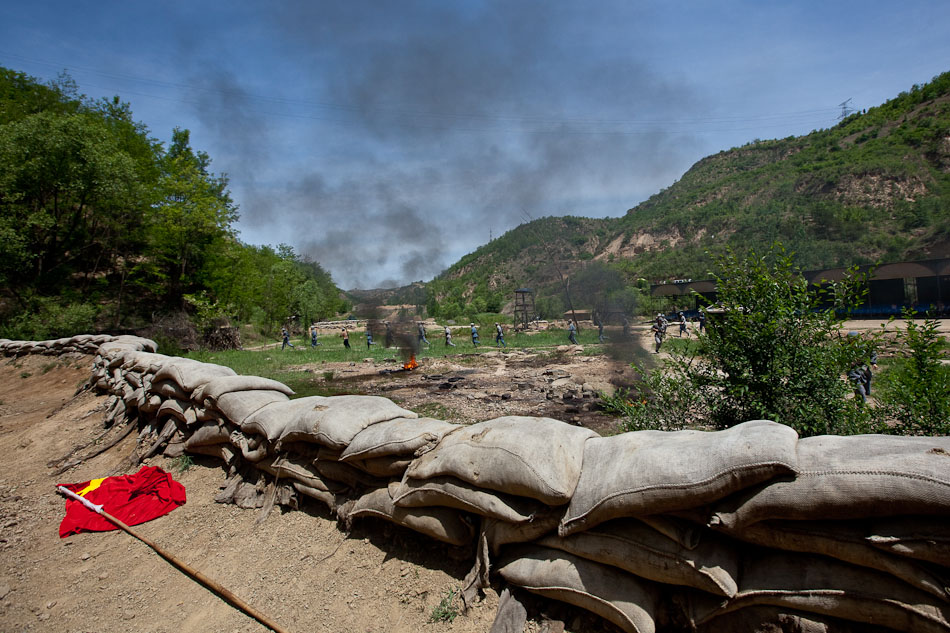

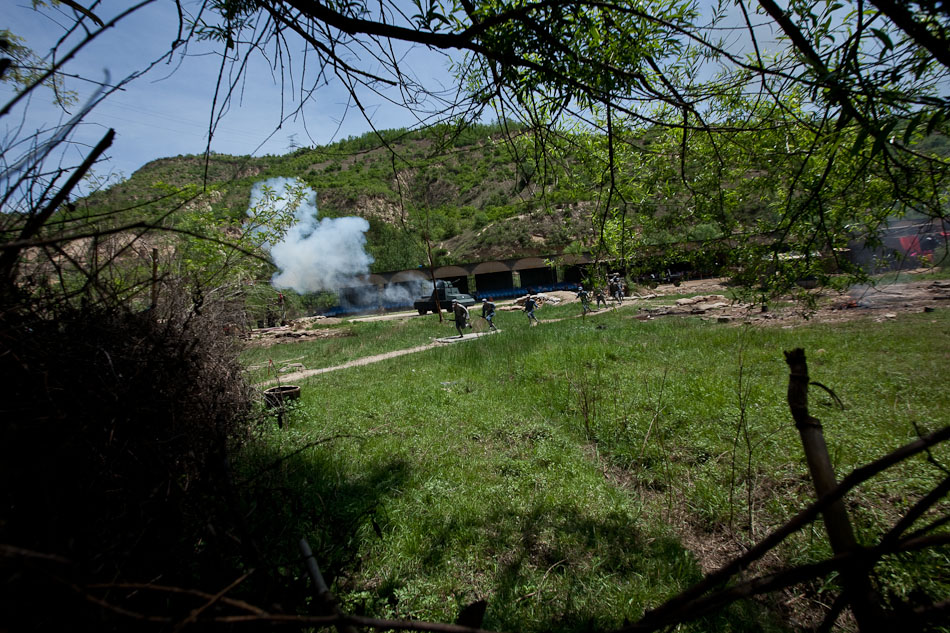

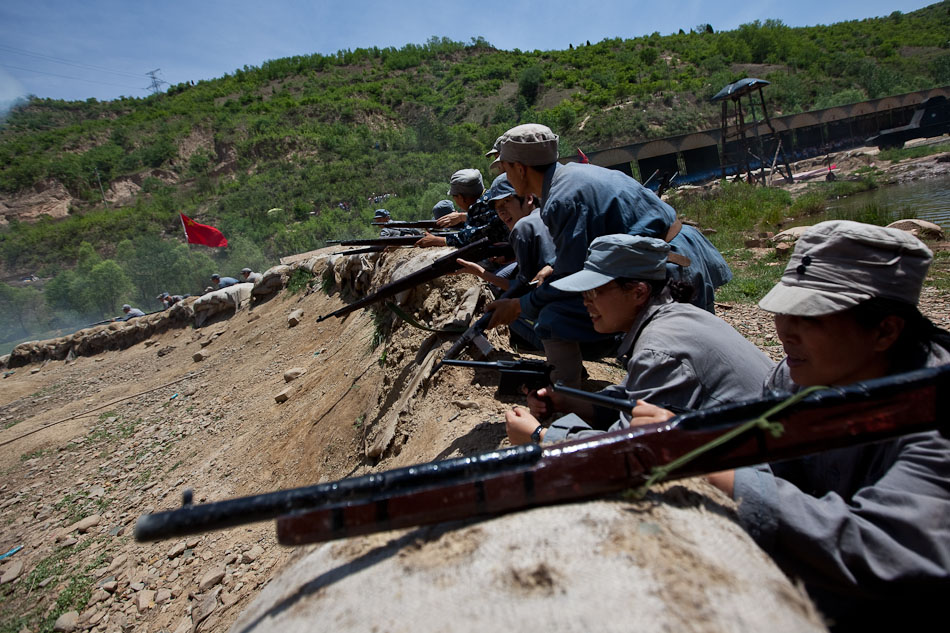
May 22, 2011 | Counterfeit Paradises, Development, Society
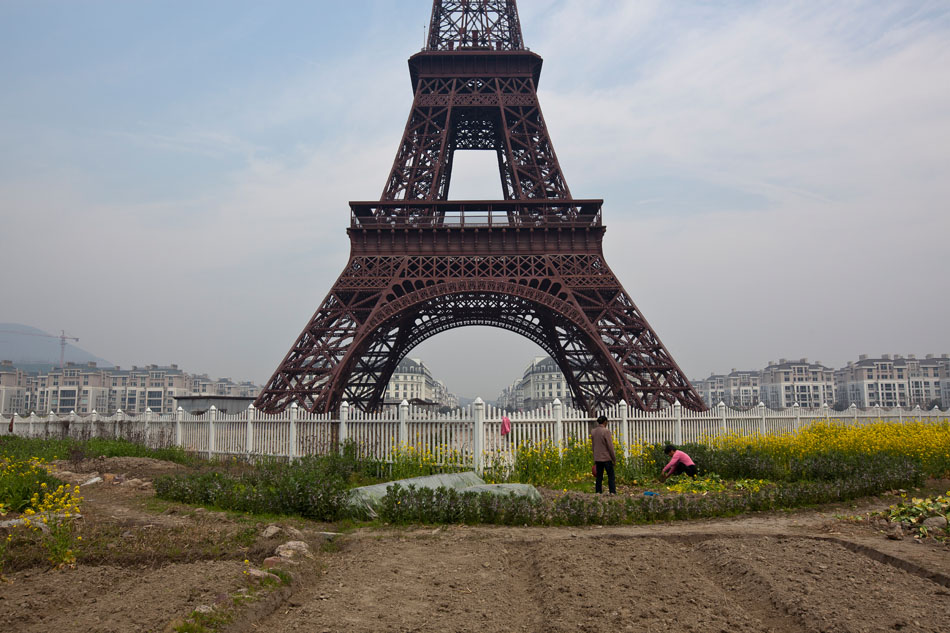
As new cities continue to spring up across China almost overnight, real estate developers are taking architecture and urban design in wildly different directions to tap into the lucrative luxury housing market. Tianducheng/天都城 was one of those hopelessly trying to set a bold new precedent for modern and cultured living with it’s fake Eiffel Tower overlooking Parisian townhouses. The knockoff of the 13th arrondissement, however, remains sparsely populated and only draws well-heeled clientele to its adjacent resort and villas modeled after Fontainebleau Palace. For now, many of the apartments are occupied by groups of migrant laborers working on surrounding megablocks, while other locals have gone so far as to appropriate the green space surrounding the Eiffel Tower for private ad hoc farming plots. Otherwise Tianducheng along with the attached French-themed village park is mainly used as a backdrop for wedding photography companies hoping to give young Chinese couples a taste of The City of Light while balancing their desire for traditional nuptial observances.
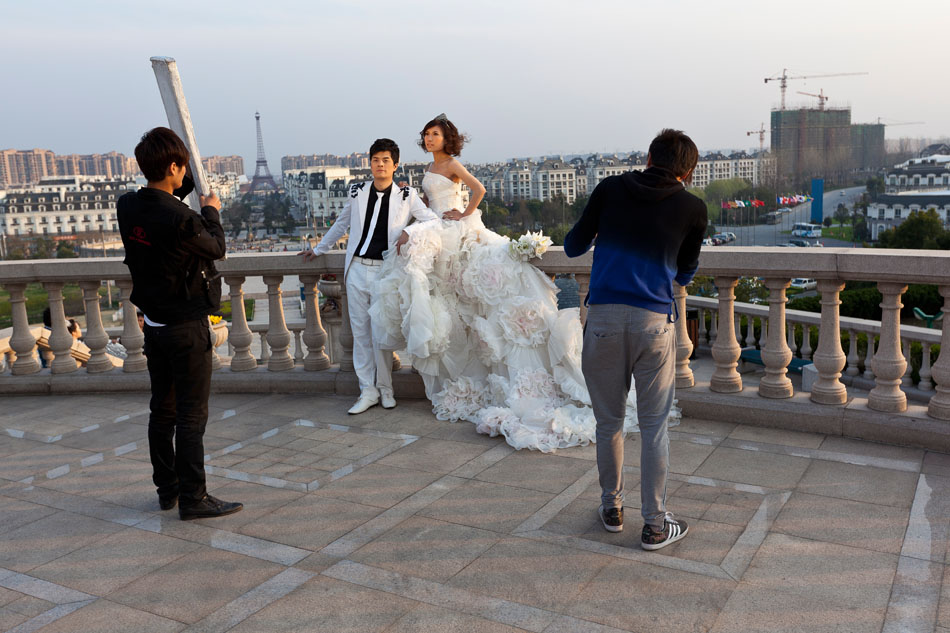
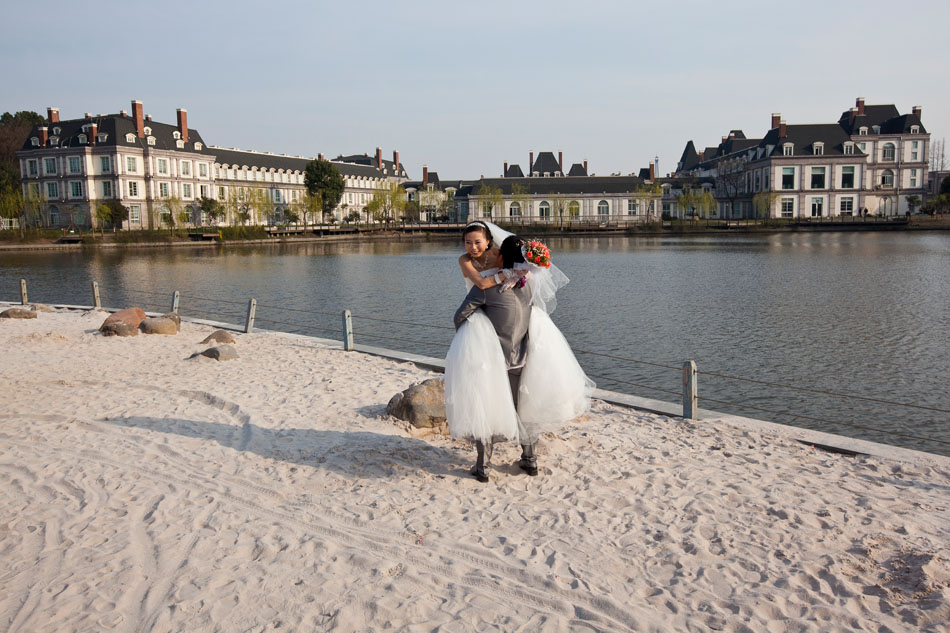
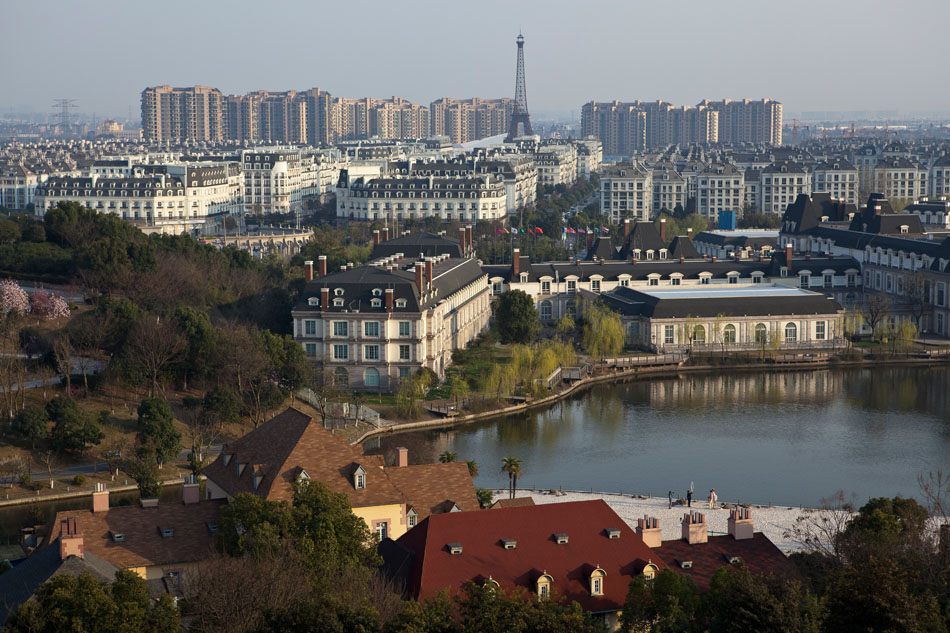
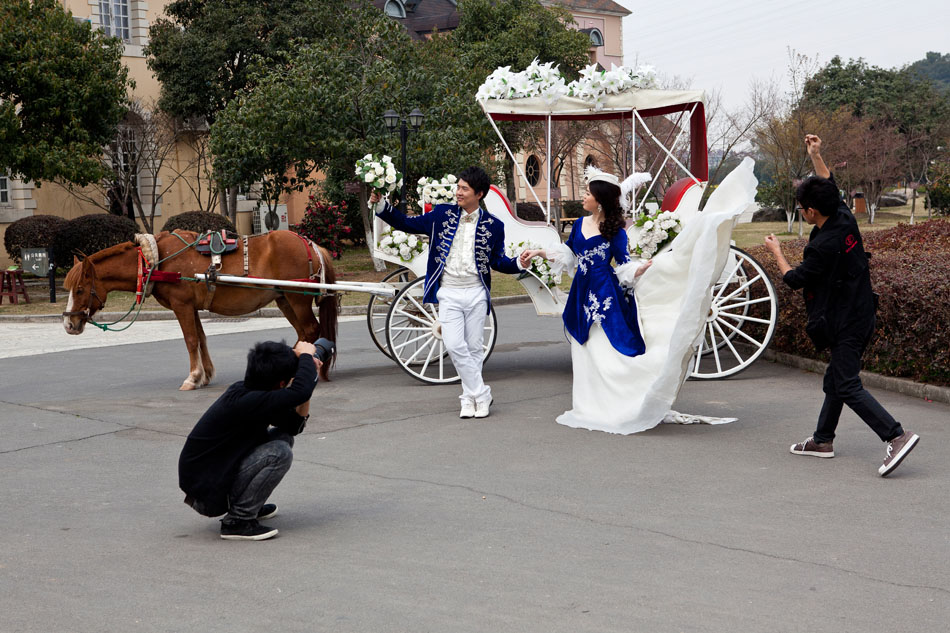
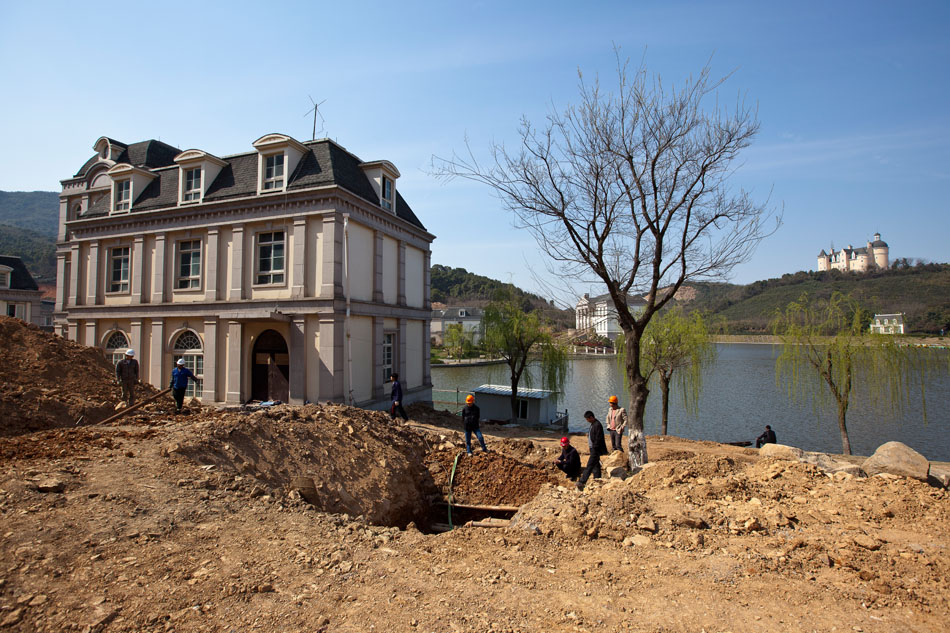

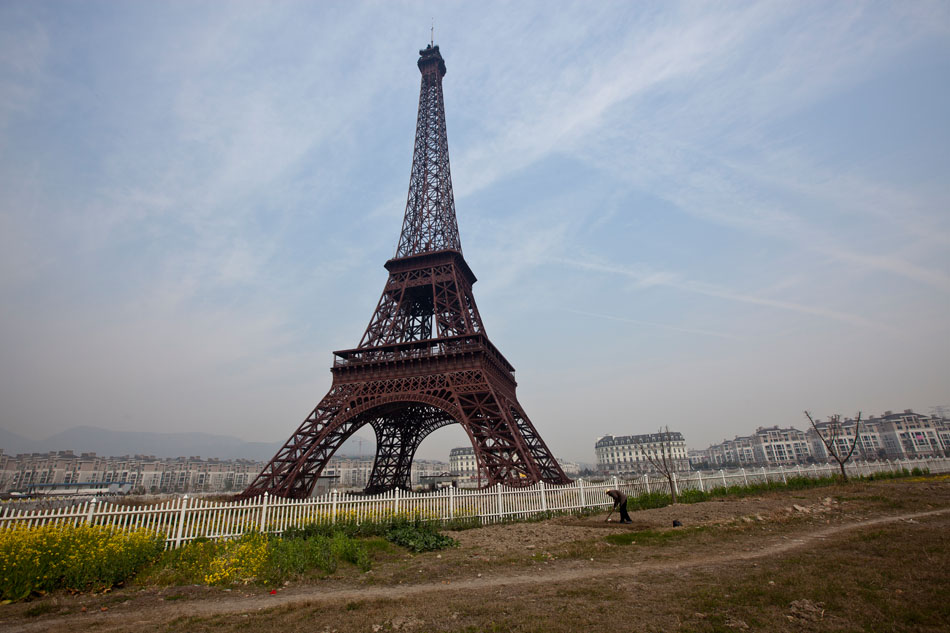
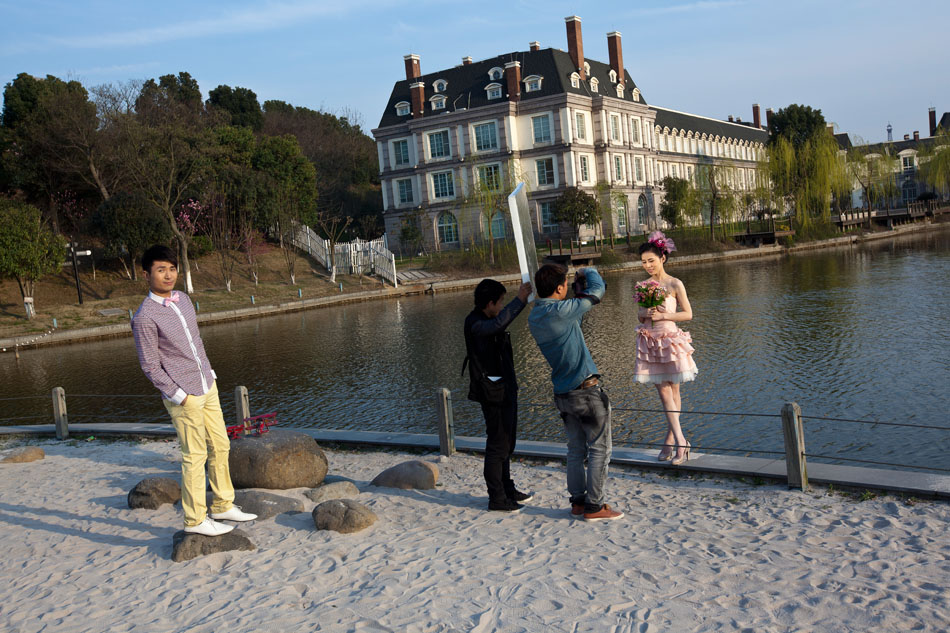
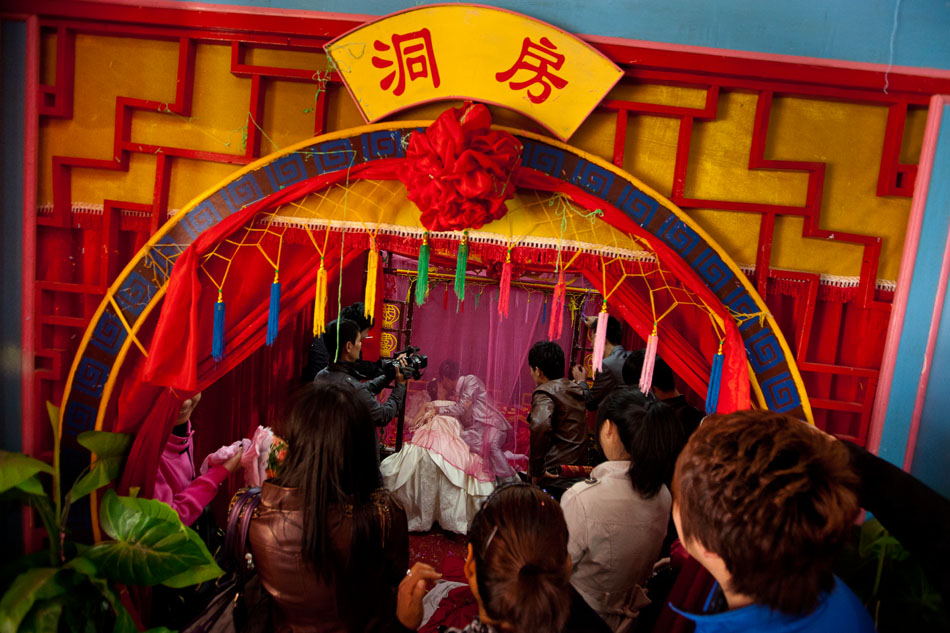
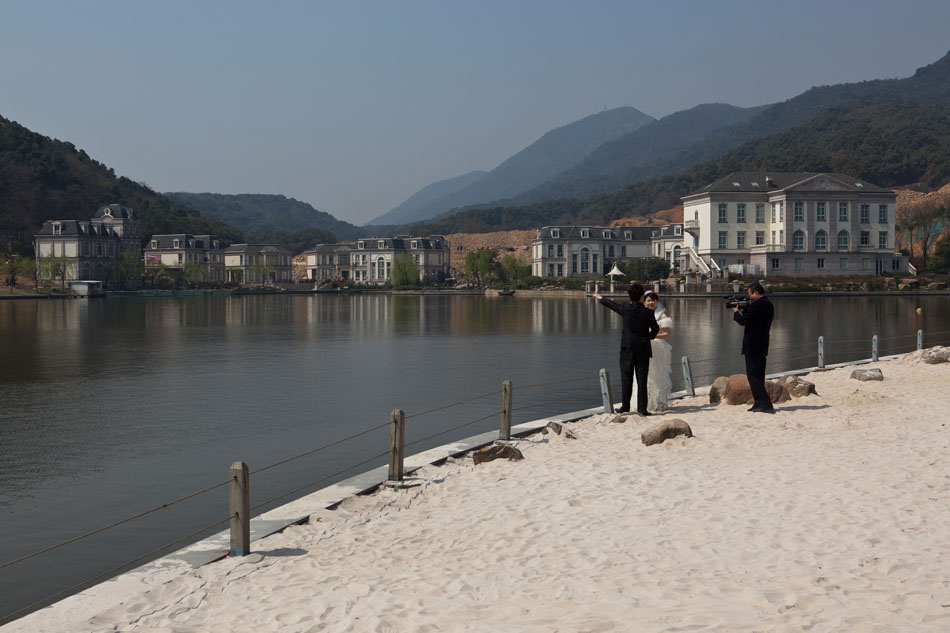
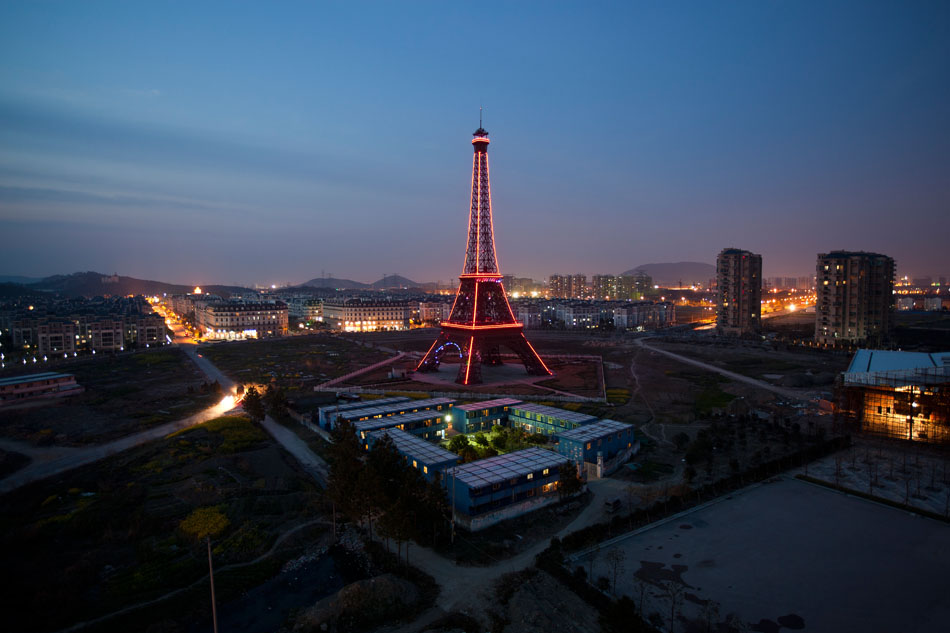
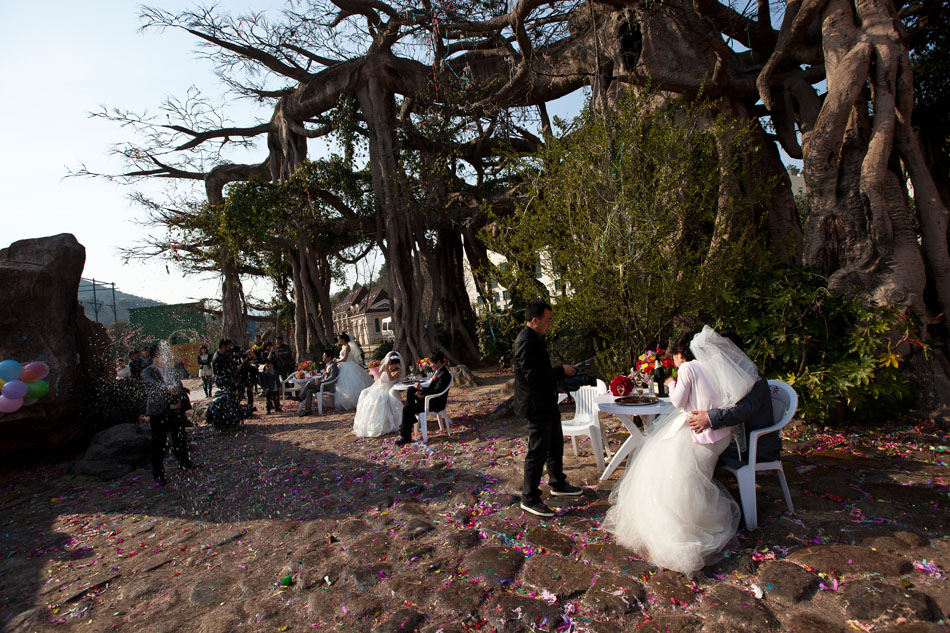
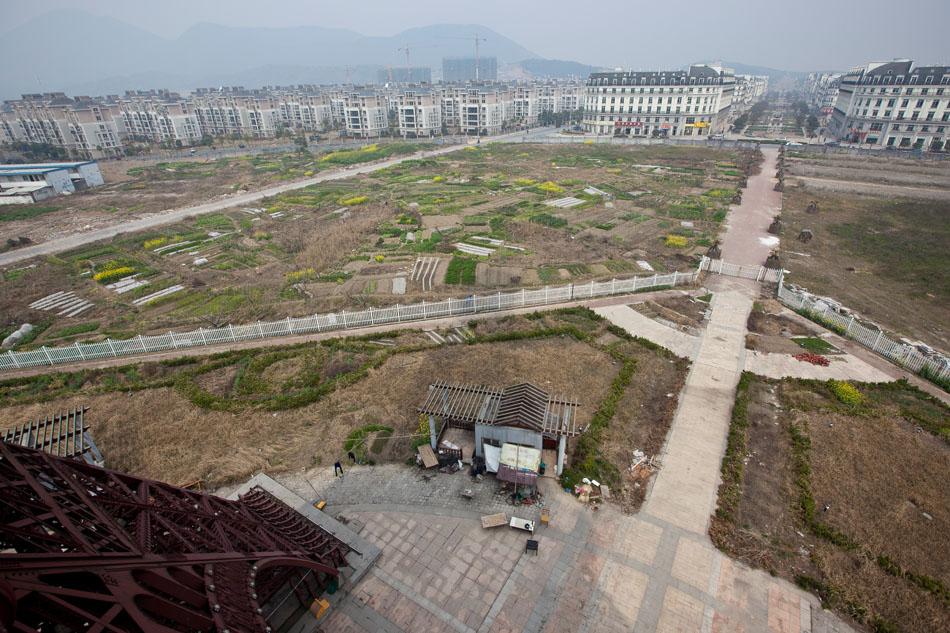
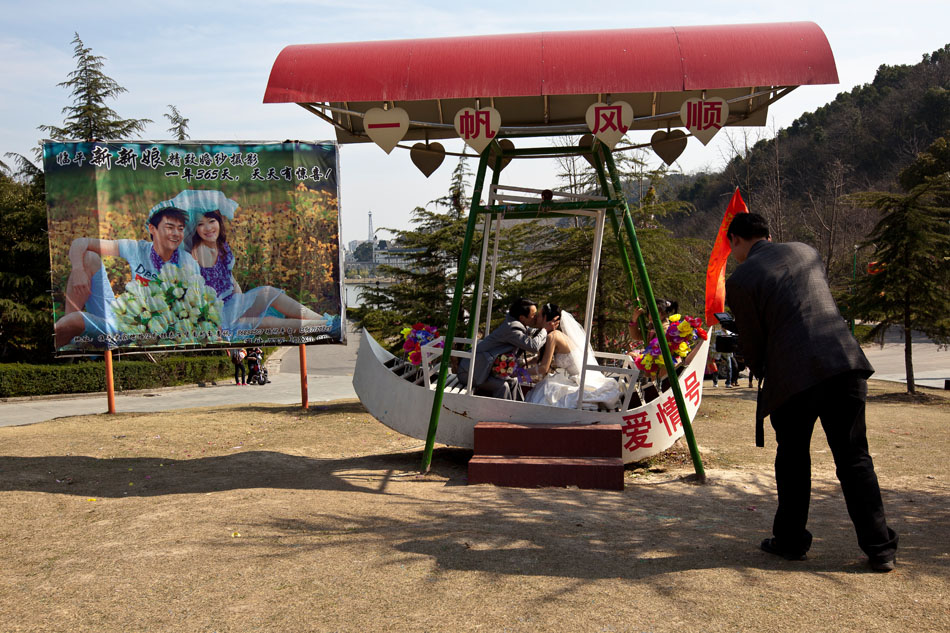
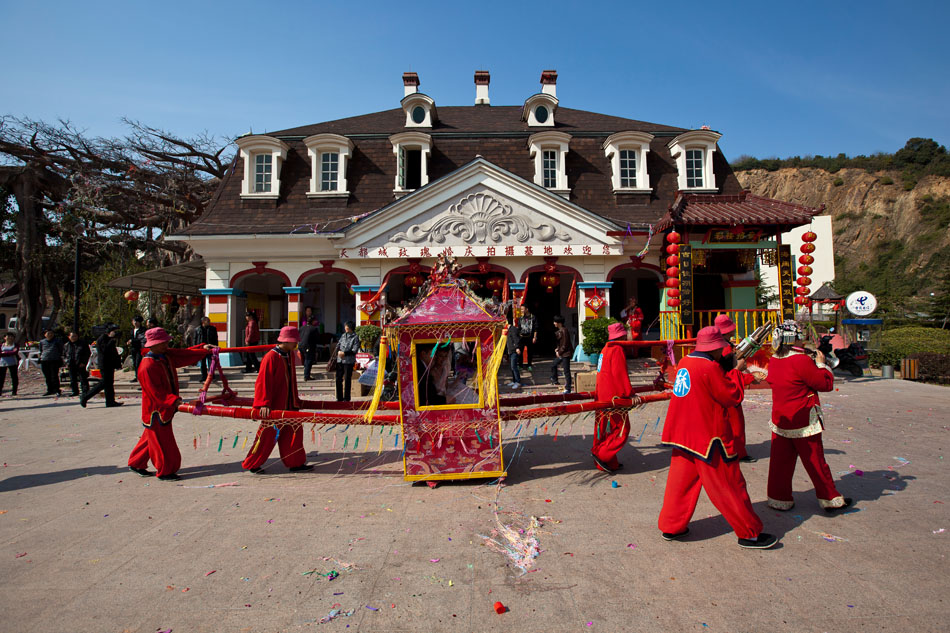
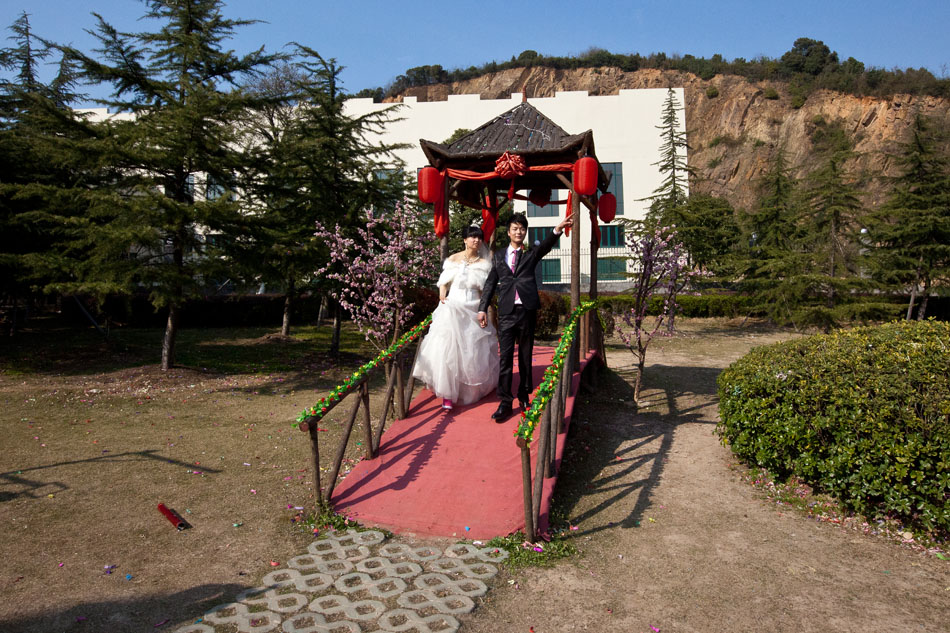
Mar 30, 2011 | Counterfeit Paradises, Society
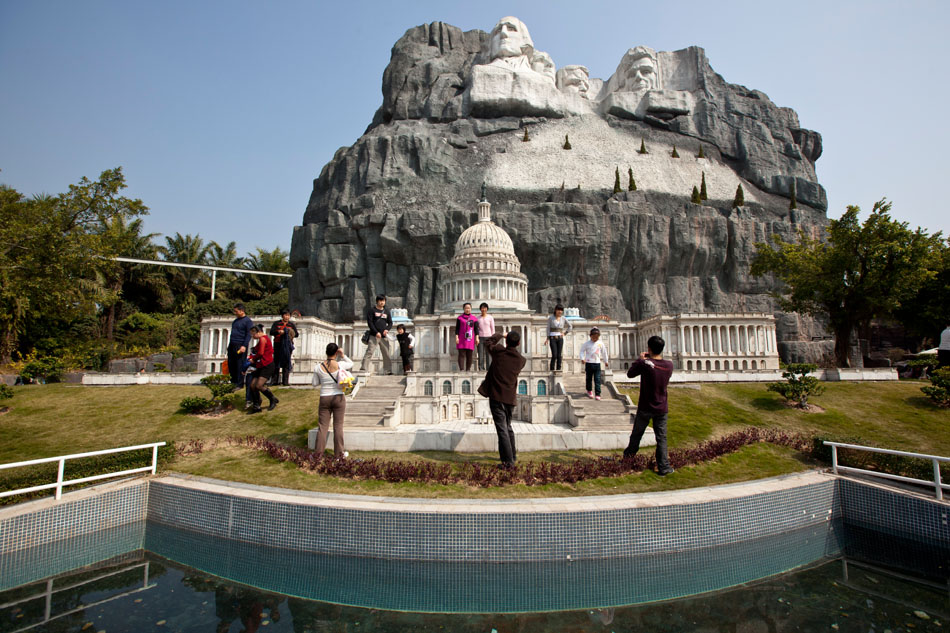
International vacations are a must for the burgeoning number of nouveau riche across China. A well-used passport is a sure sign of fulfilling a “modern” and “cultured” lifestyle and completes the trifecta of high social status along with ownership of multiple homes and foreign luxury cars. Even in the face of the global economic downturn, China continues to boast the fastest growing outbound tourism market in the world. In 2009, the average expenses paid by Chinese for international travel went up 21% and will continue to grow as more and more flex their purchasing muscle. In Shenzhen, however, a favorite travel destination remains the Windows on the World. A short subway ride from the city center, the park boasts over a hundred small-scale replicas of famous monuments and buildings from all over the world. Here Chinese can fantasize about visiting foreign countries and practice taking tourist photographs. This make-believe space is one of consumer indoctrination and a selling point for a notion of civility that will most likely prove as empty as other social movements in China’s past.
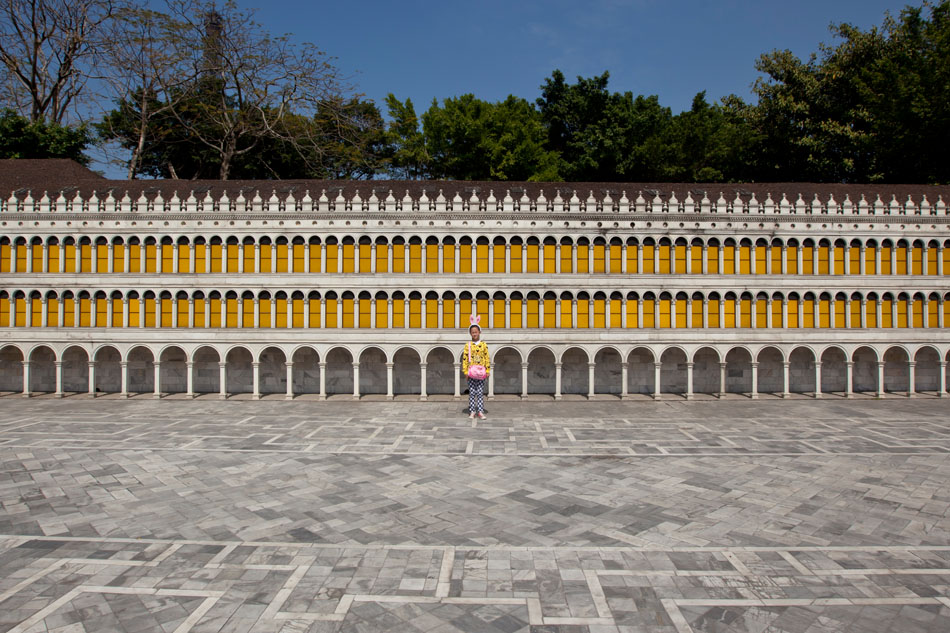
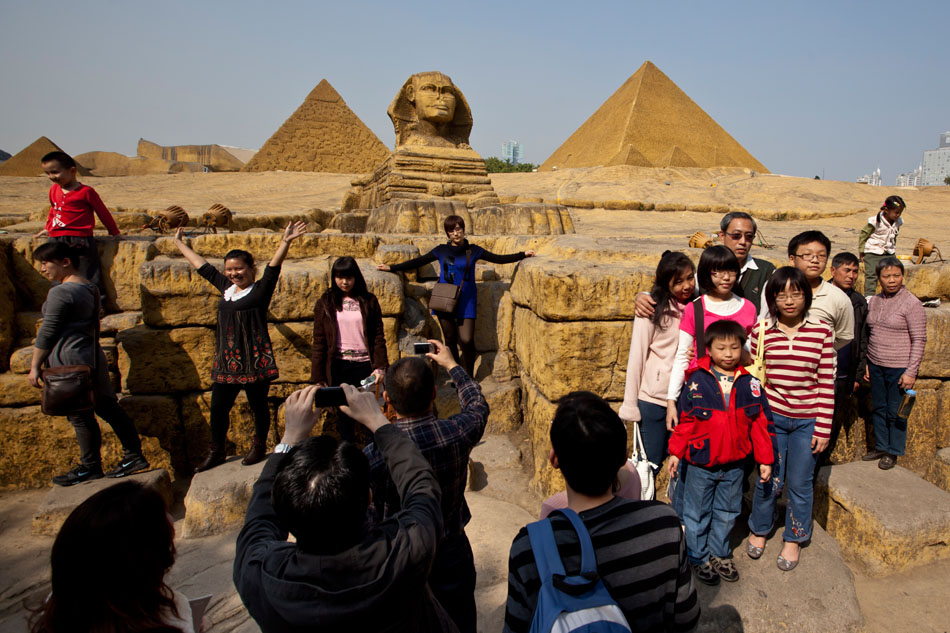
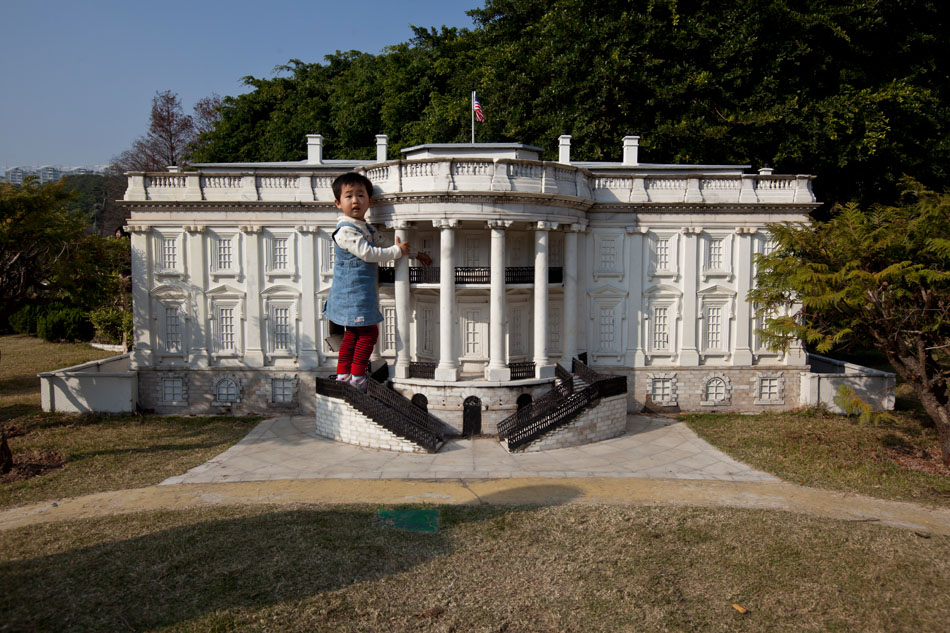
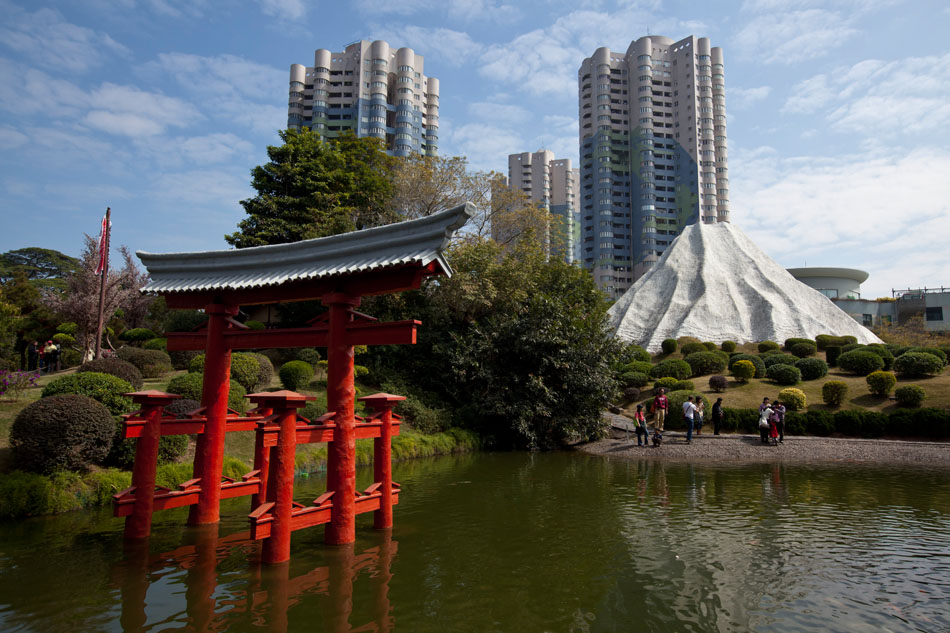
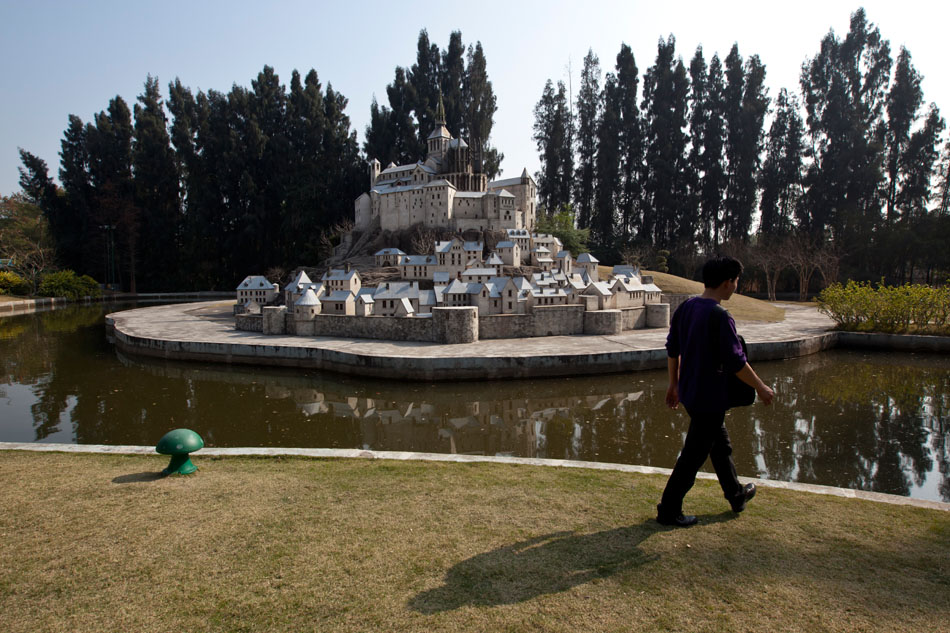

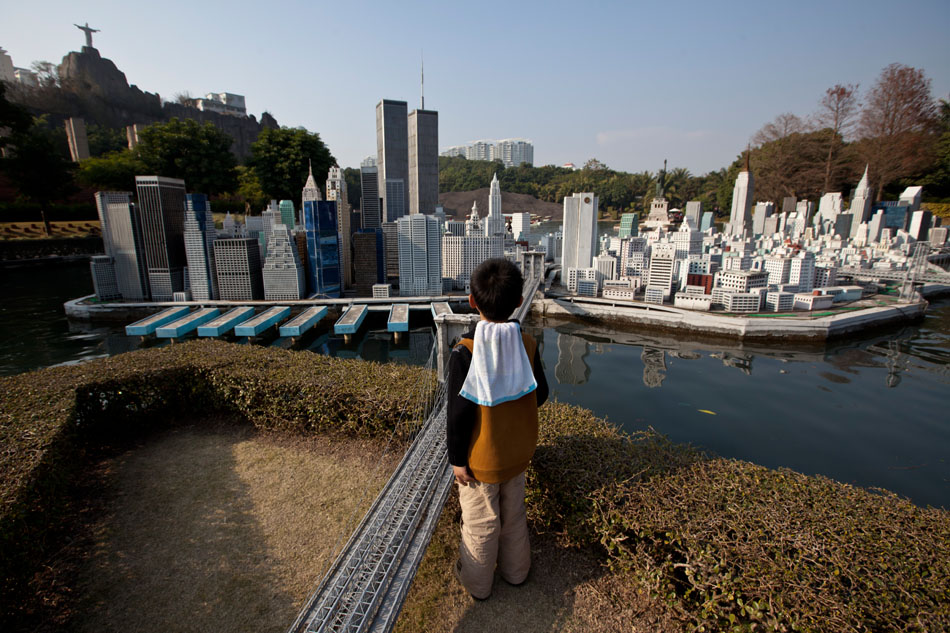
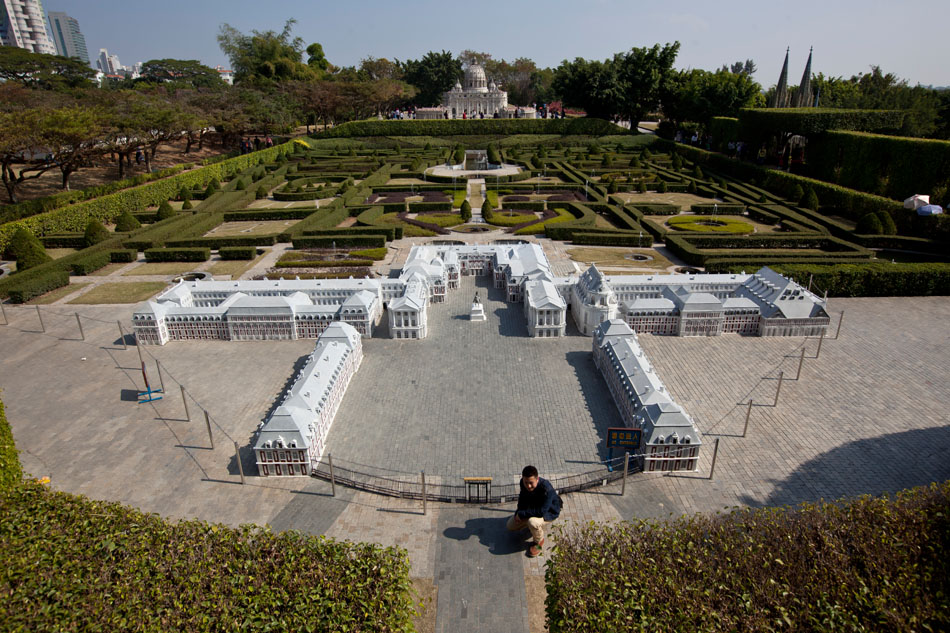

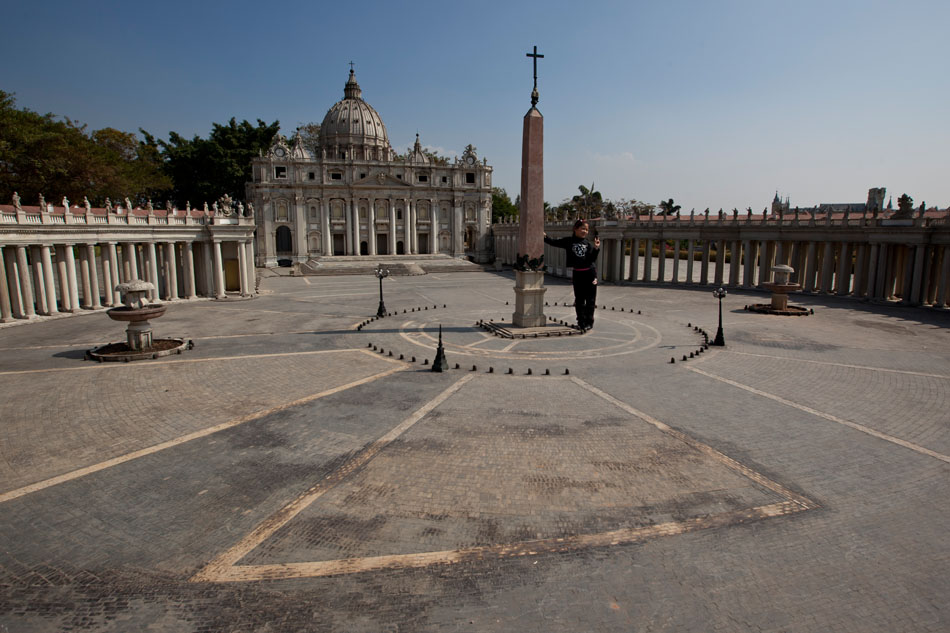

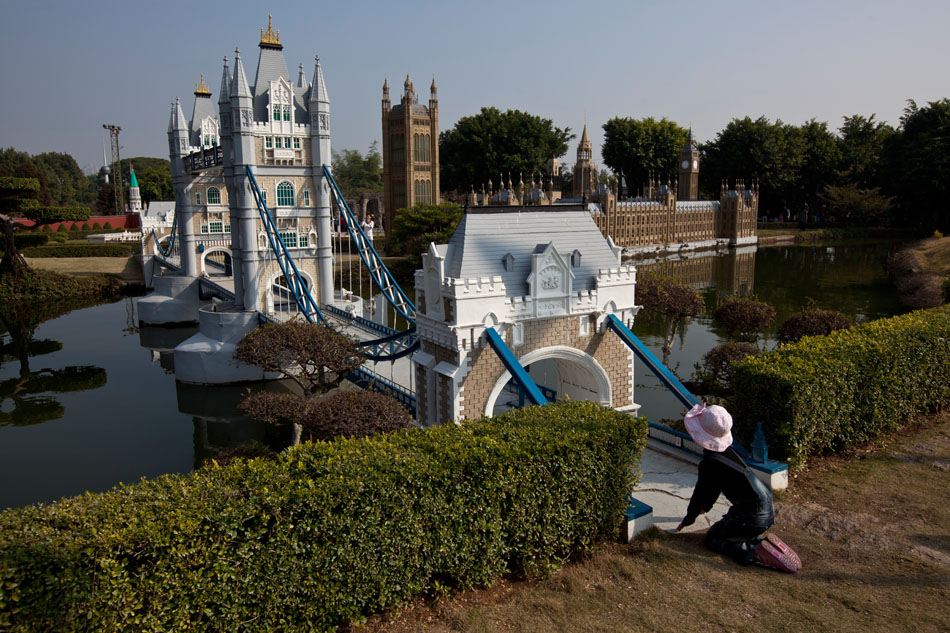
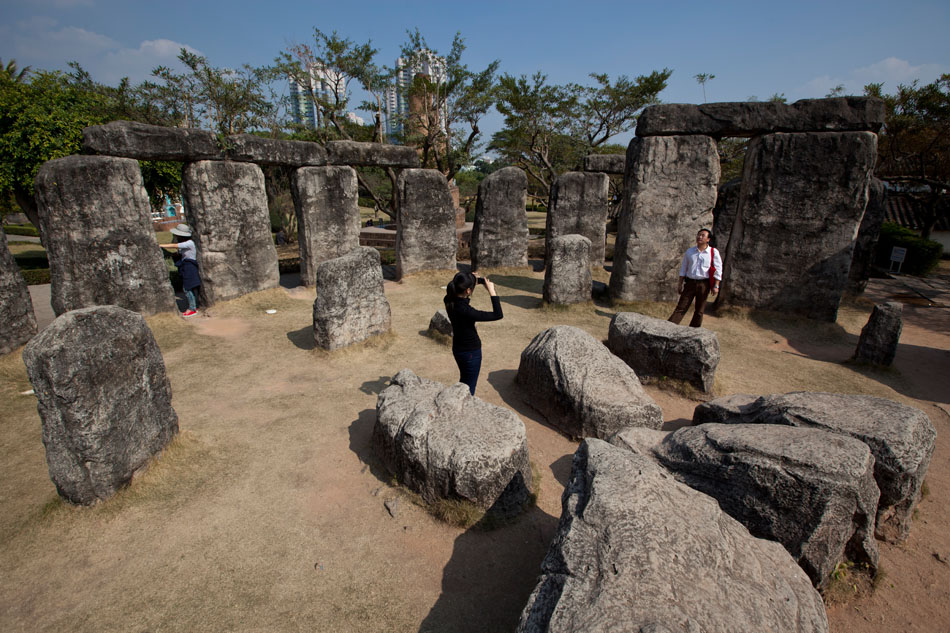
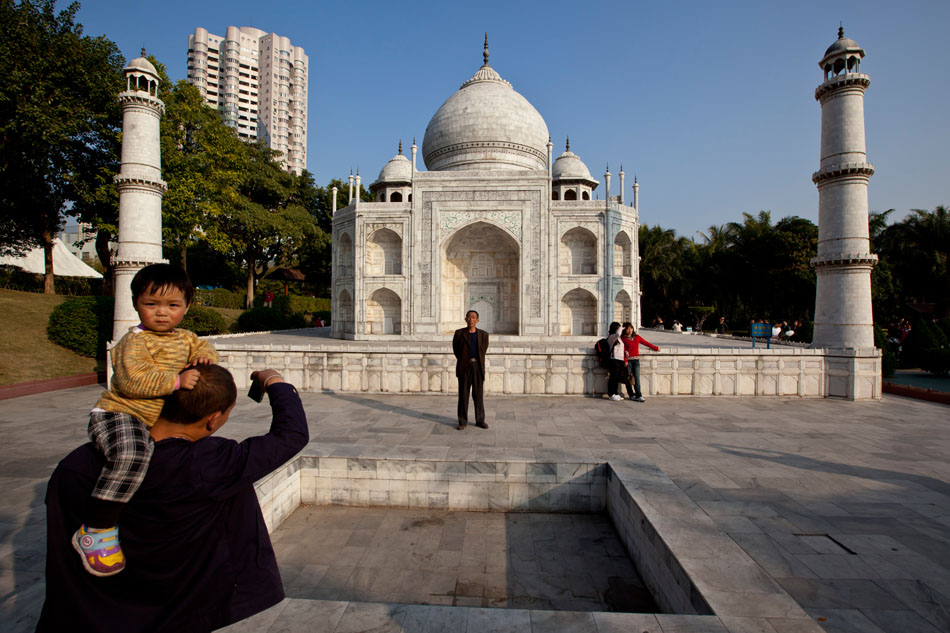
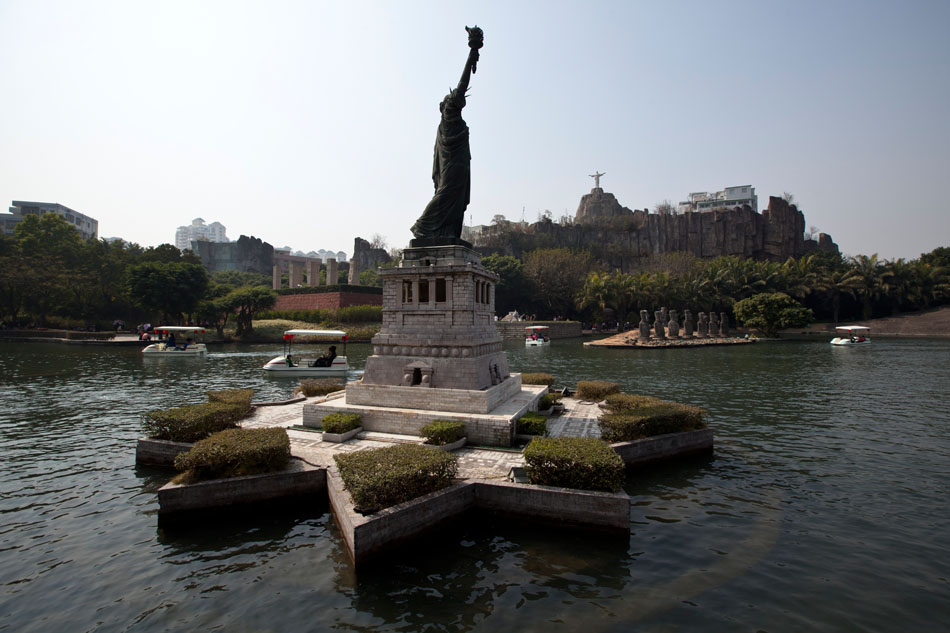
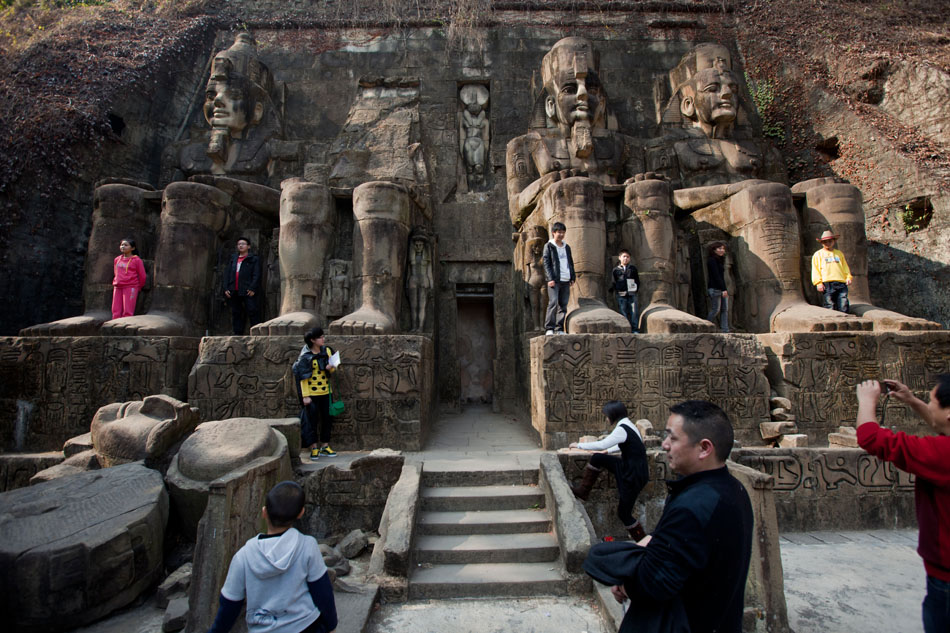
Mar 17, 2011 | Development, Society
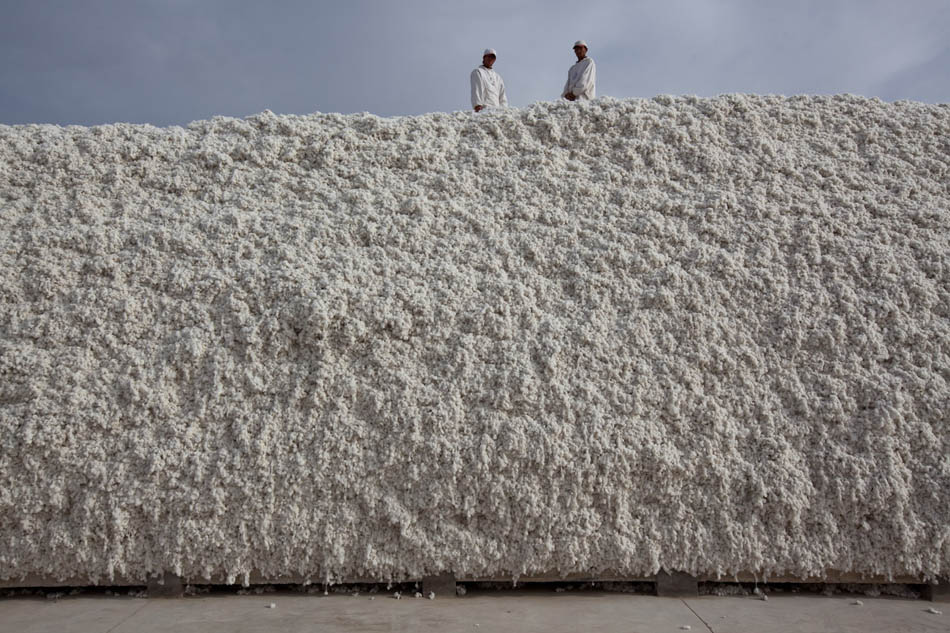
During a trip to Xinjiang last year, I was lucky enough to visit an industrial cotton farm and the attached processing plants. Xinjiang is the largest cotton-producing province in China, and China is the largest cotton-producing country on the planet. Needless to say the sheer amount of cotton being moved through these processing plants blew me away. Workers incessantly tossed and shifted around giant piles of cotton the size of houses before it all got sucked up into seed-removing machines that lined the corridors of the processing plants. Even the seeds removed from the cotton would form mountainous heaps, spirited away by specially designed conveyer belts outside the processing plants. Last year was also a tumultuous time for the cotton industry in general. Prices for cotton rose almost 80% after flooding in Pakistan and inclement weather in China and India ruined many crops. Now various clothing companies are switching to synthetic blends to keep costs down. The processing plants in Xinjiang might be working overtime, but it probably won’t help the already outrageous prices people pay for jeans these days.

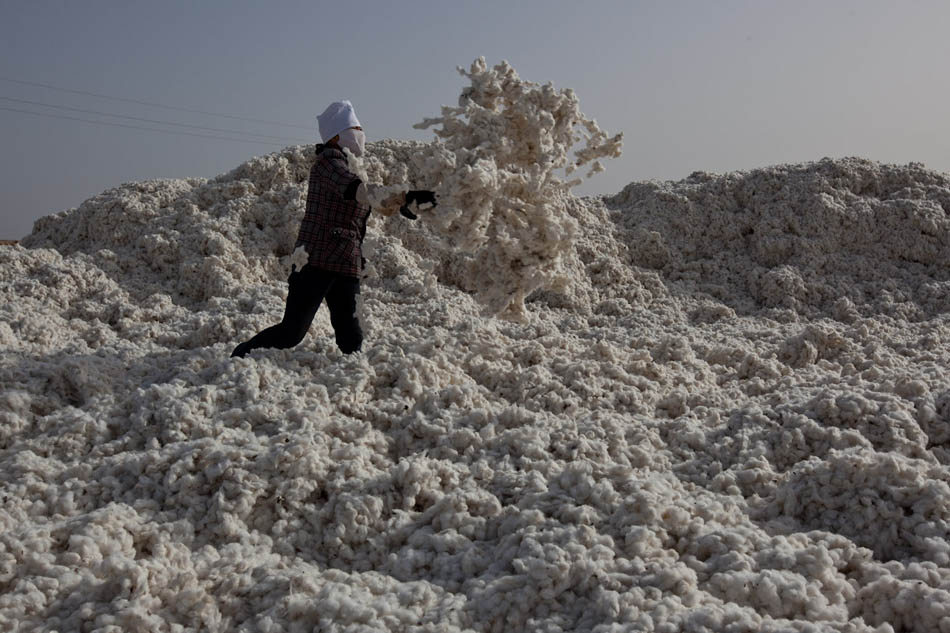
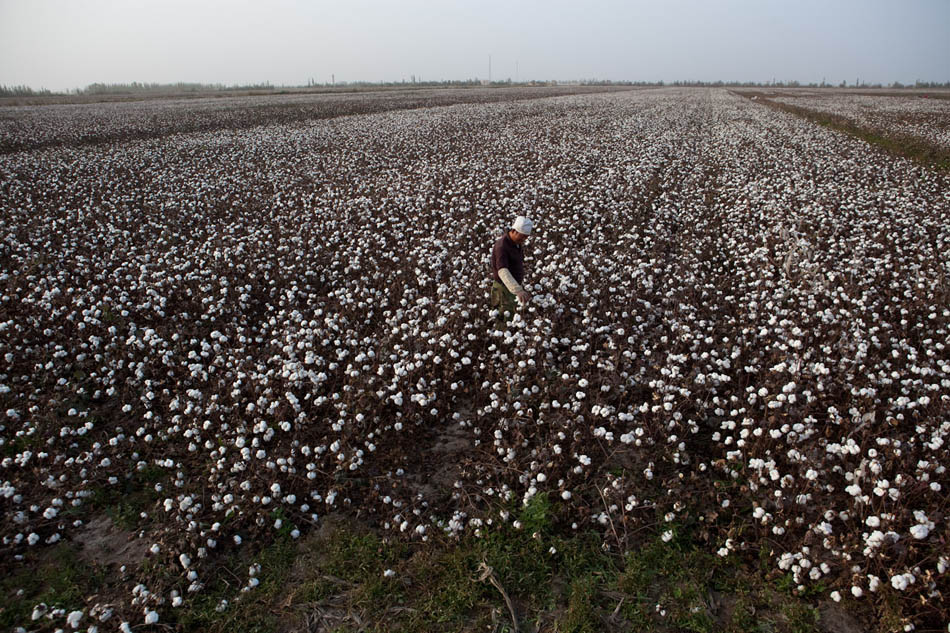
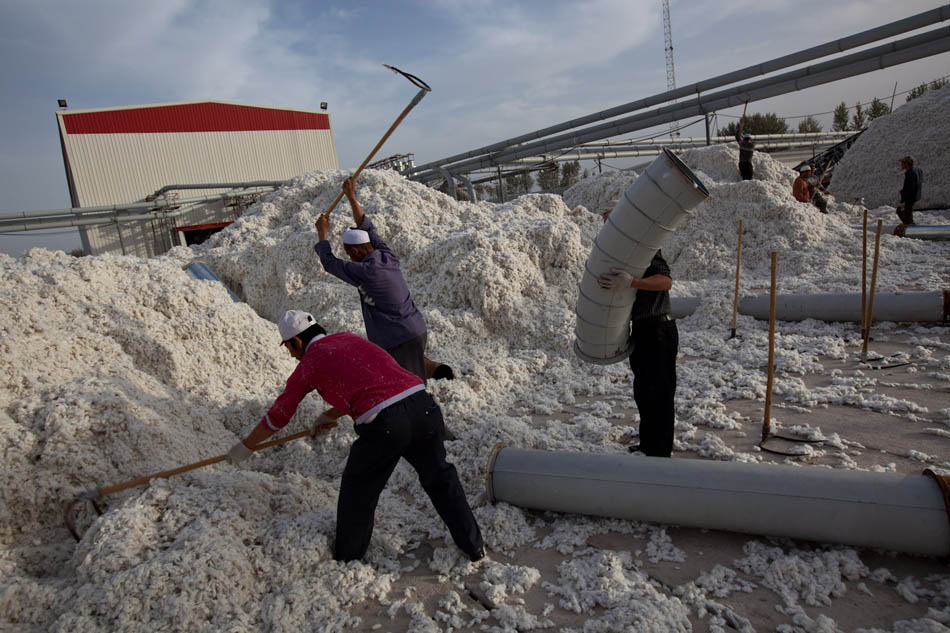
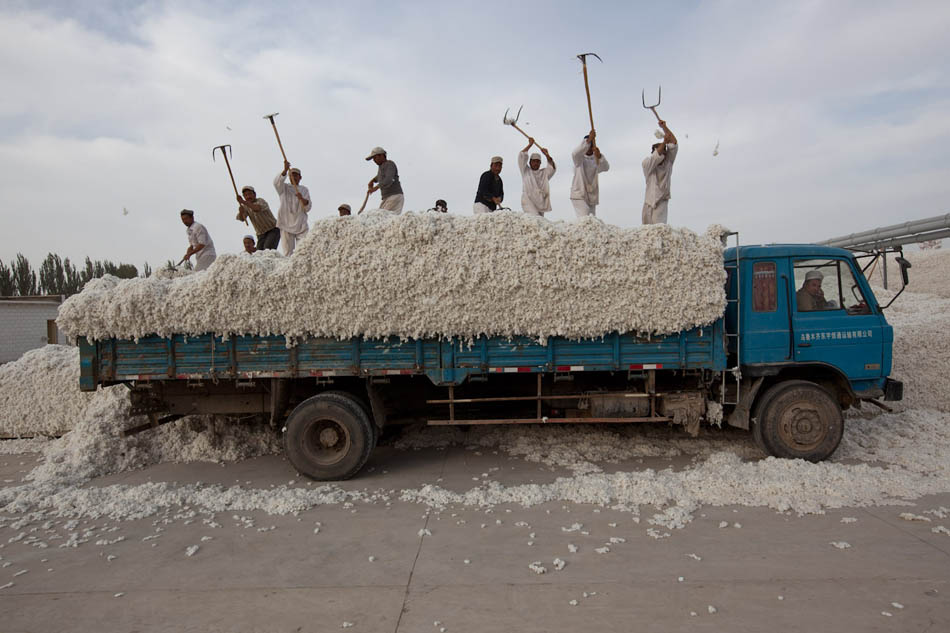
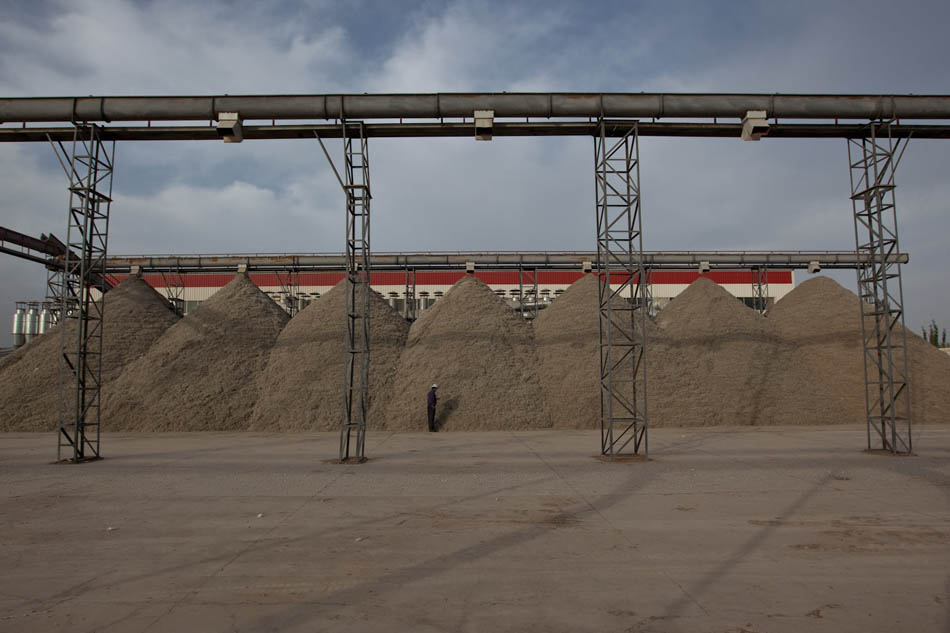

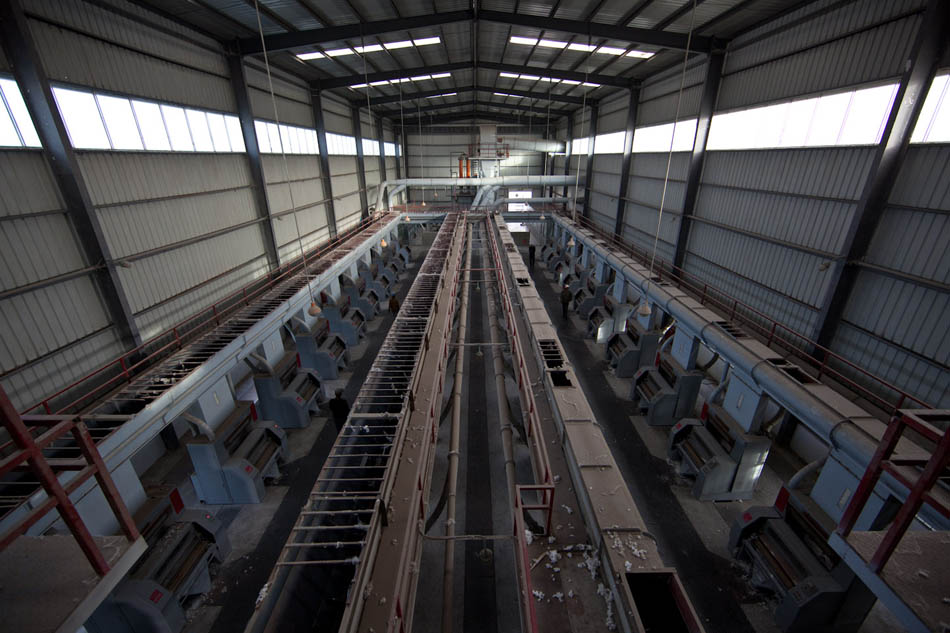

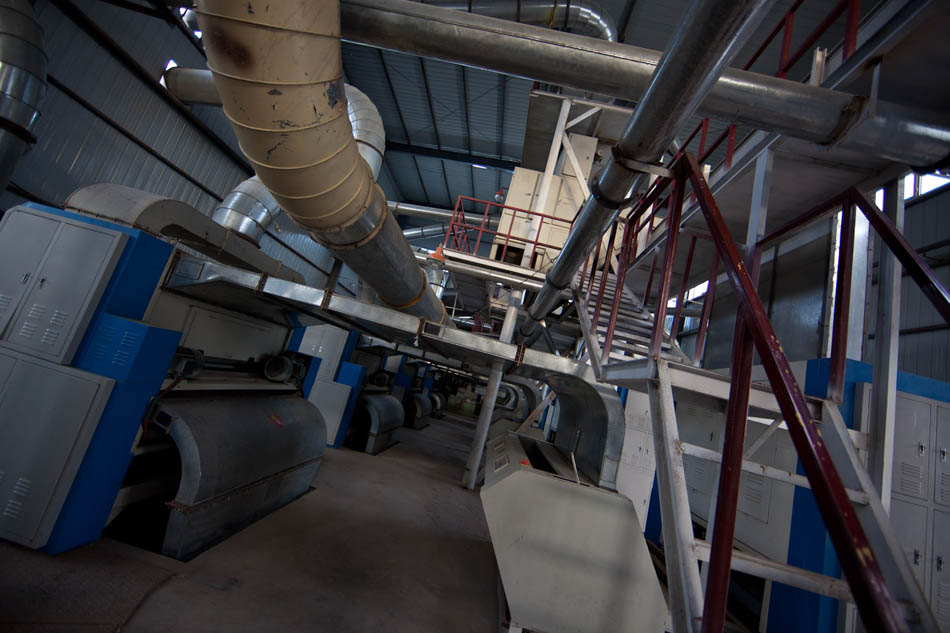
Nov 11, 2010 | Counterfeit Paradises, Society
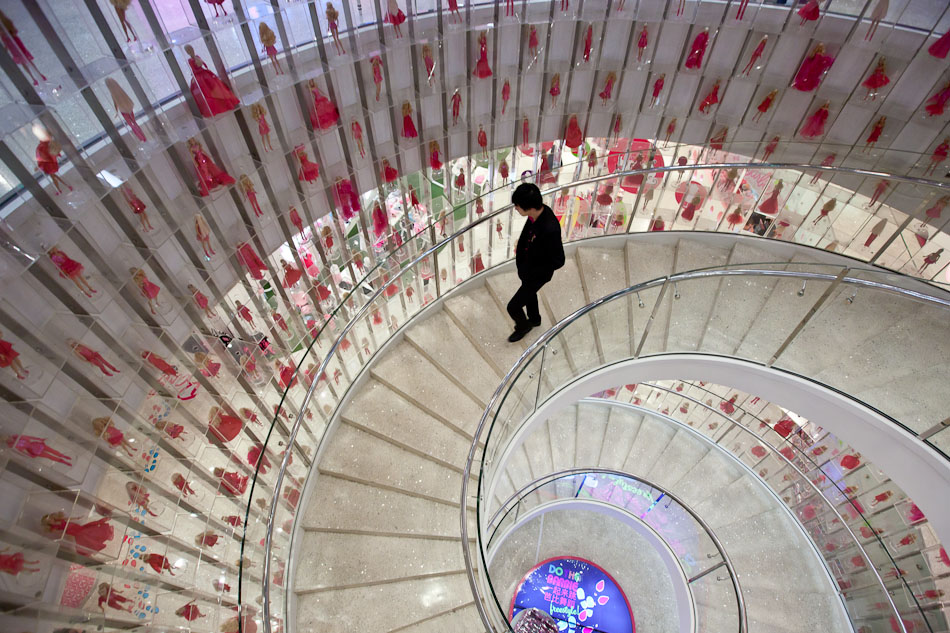
Just days before Barbie’s 50th birthday last March, the House of Barbie opened its doors in Shanghai and introduced China to over six floors of Barbie merchandise and services that catered to almost every need of a Barbie-princess-in-training. It was a full on Barbie assault from the start as you rode an entrance escalator bathed in pink light with the sound of giggling girls playing in the background. Aside from a daunting array of Barbie doll varieties, there was also a Barbie spa offering services such as the Plastic Smooth facial or Barbie Bust Firming treatment, a Barbie catwalk where girls can dress up as Barbie and put on their own fashion show, a Barbie design center where creatives can produce a custom-made Barbie, and a Barbie Cafe complete with Barbie-themed food and a pink martini bar. The Barbie spearhead into China came with a US$30 million dollar price tag and huge expectations. Sales of Barbie continue to fall with the financial downturn and Mattel International is counting on China to pick up the slack. With the spa and martini bar, the House of Barbie also hopes to stir up interest amongst older women in China who otherwise wouldn’t be targeted in western markets. Major designers such as Vera Wang, Patricia Field of “Sex and the City” fame, and handbag maker Judith Lieber all contributed to the merchandise including a US$15,000 Barbie wedding dress. Barbie, known as “Ba Bi Wa Wa” in Mandarin, still faces plenty of hurdles without the pedigree heritage she enjoys in western countries. Despite initial enthusiasm for the business model, Mattel was forced to downgrade sales expectations by 30% within the first six months of opening the House of Barbie. The interest is there, but whether or not Barbie can have her way with China and engender a new generation of Barbie princesses is yet to be scene. Check out more coverage by the Wall Street Journal and BBC as well as a CNN report detailing a blow-by-blow account of trying to spend twelve hours straight in the House of Barbie.
